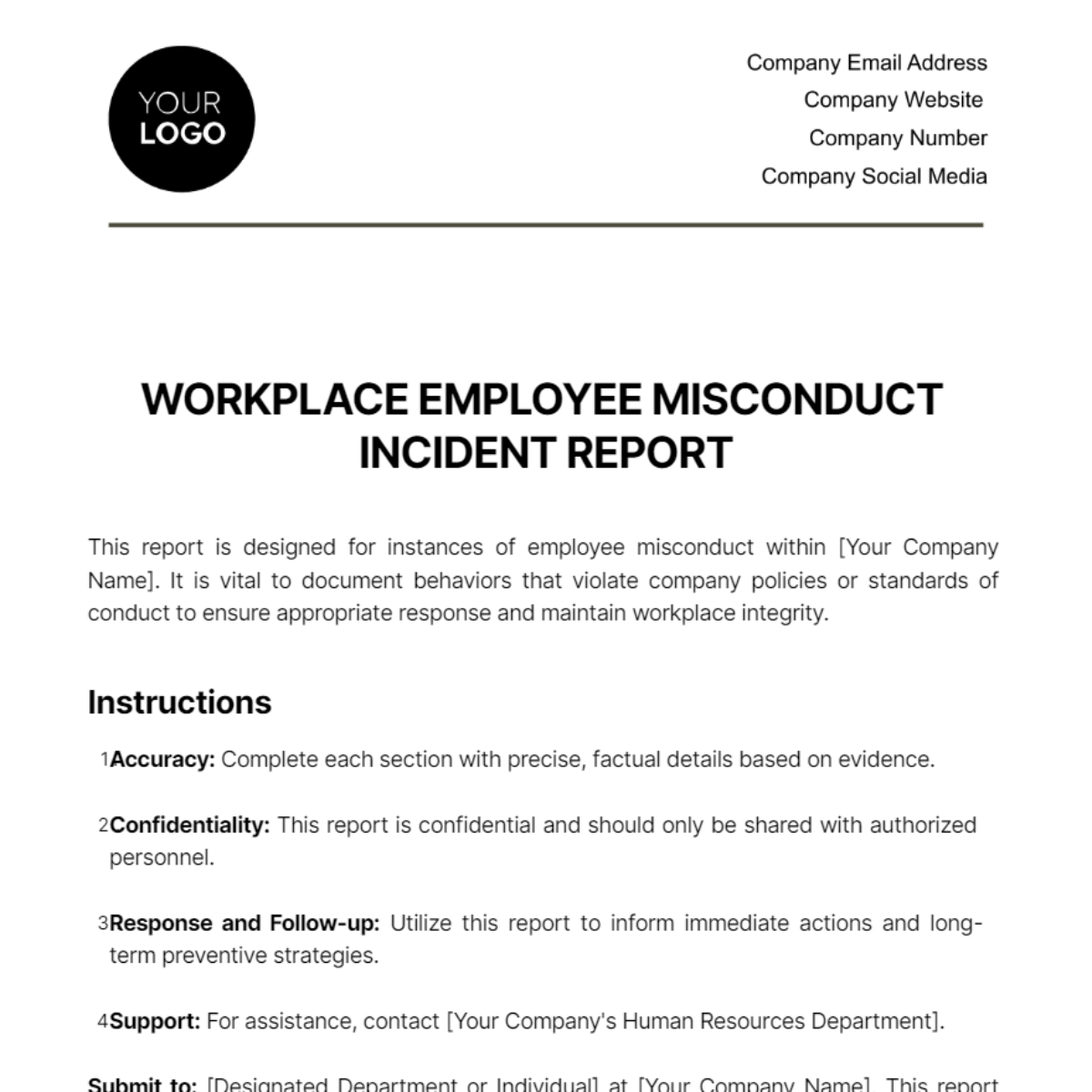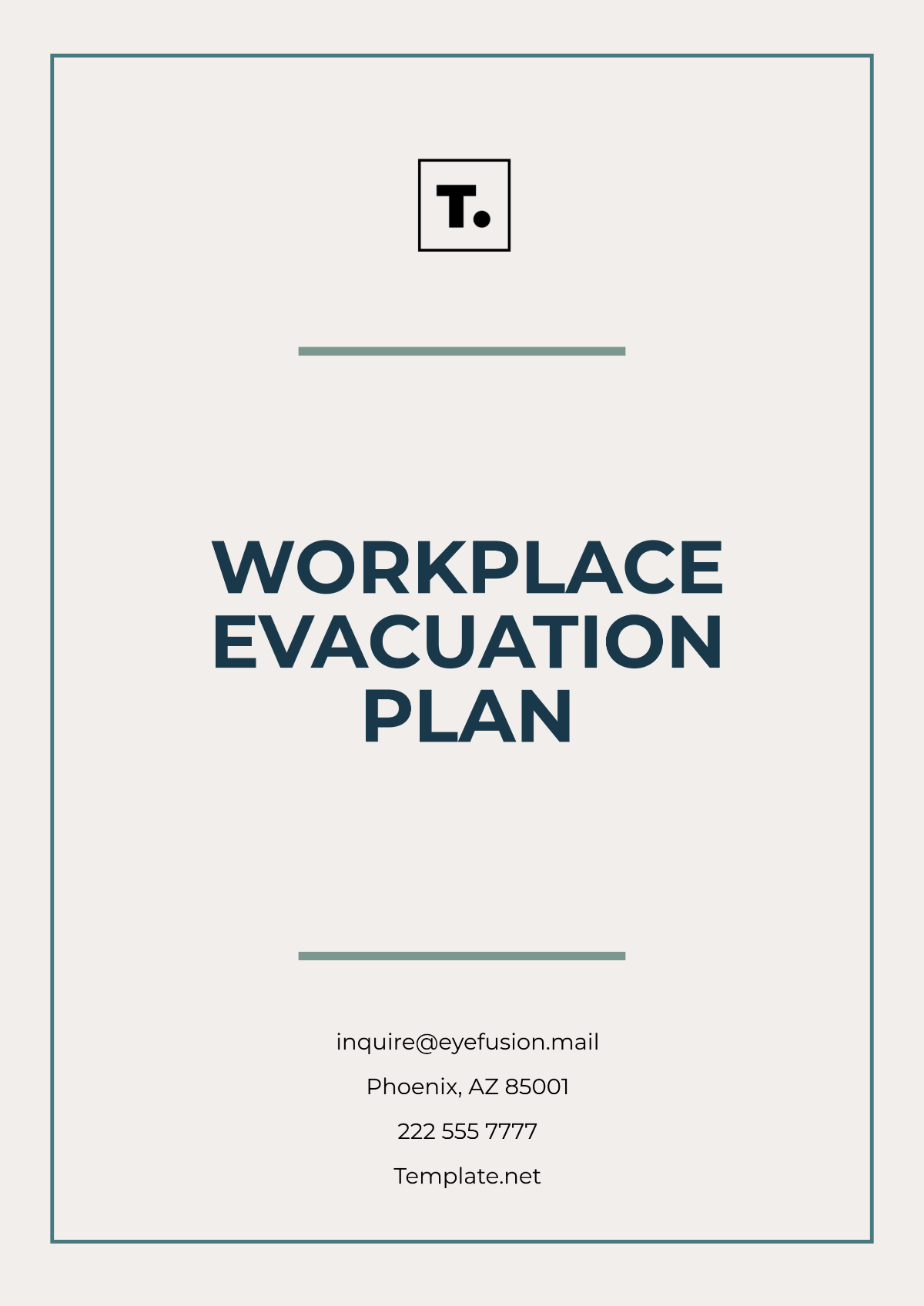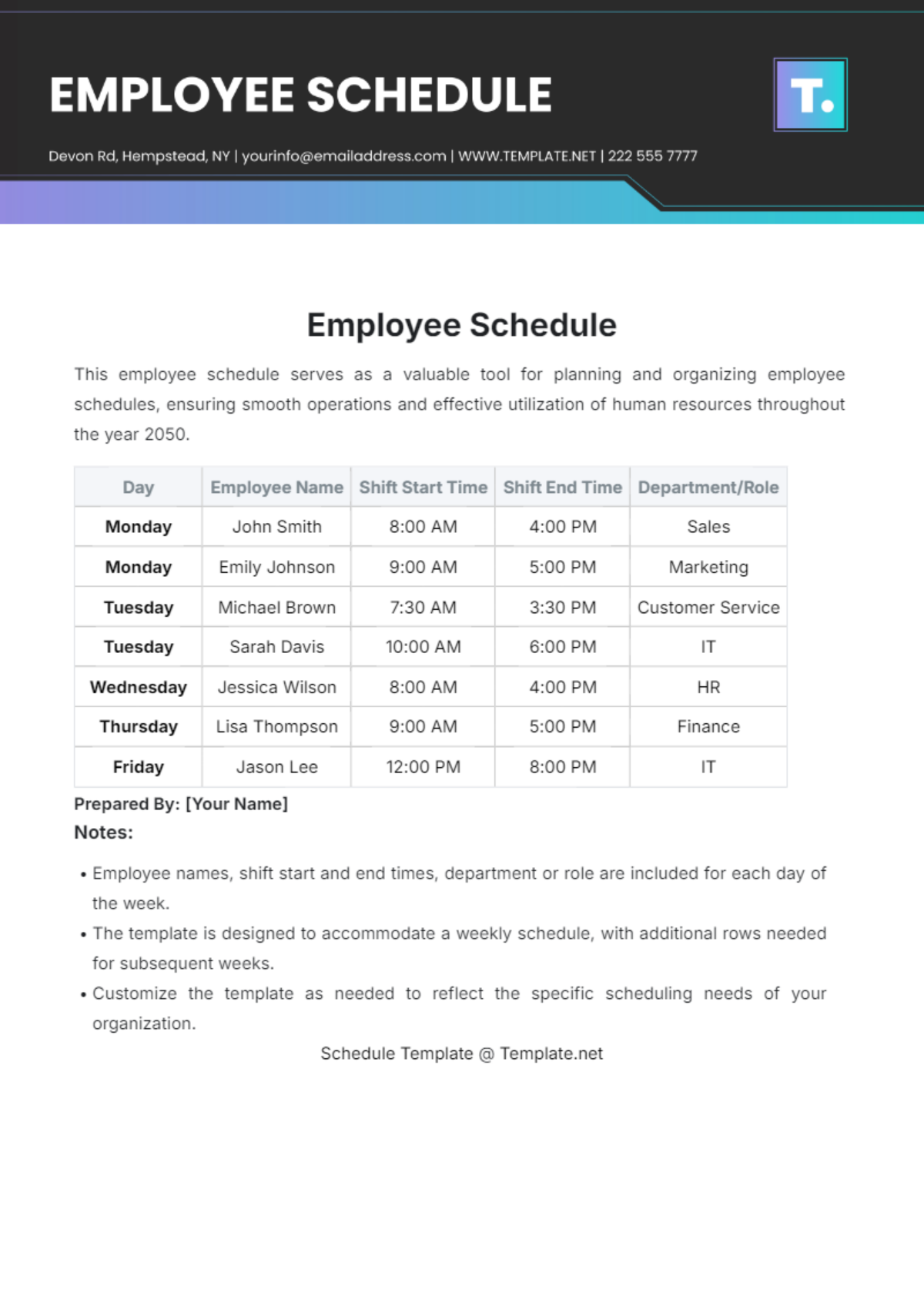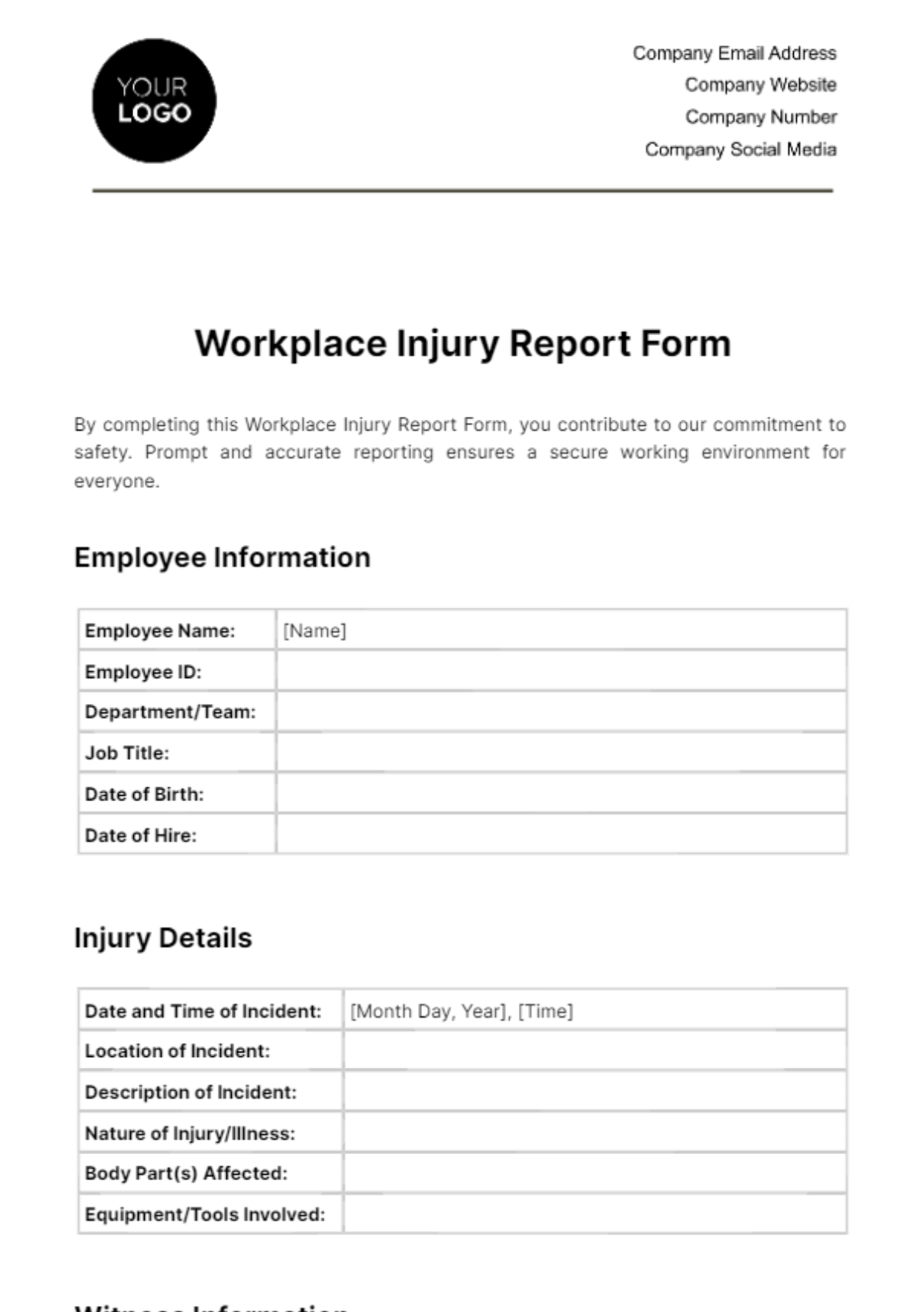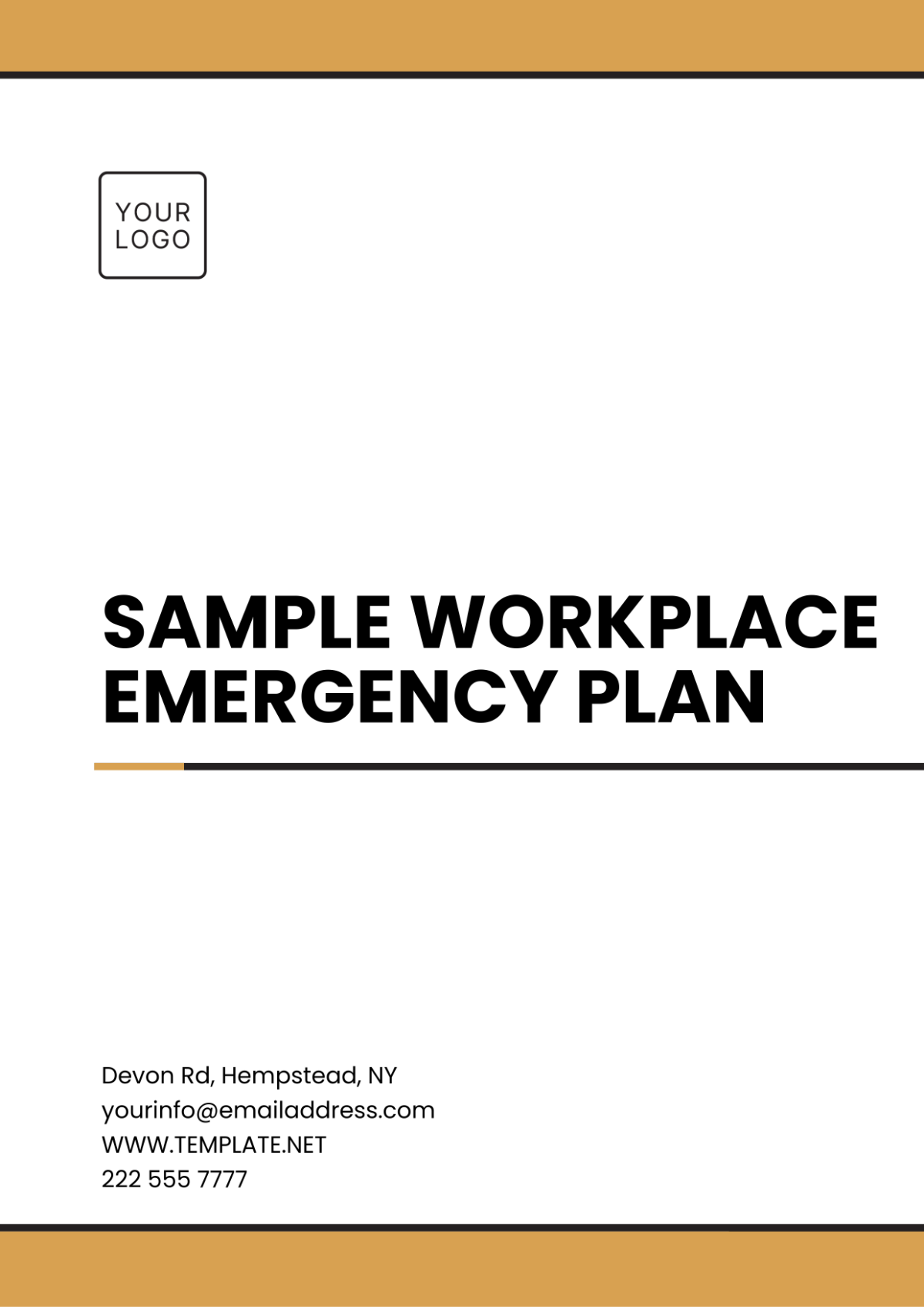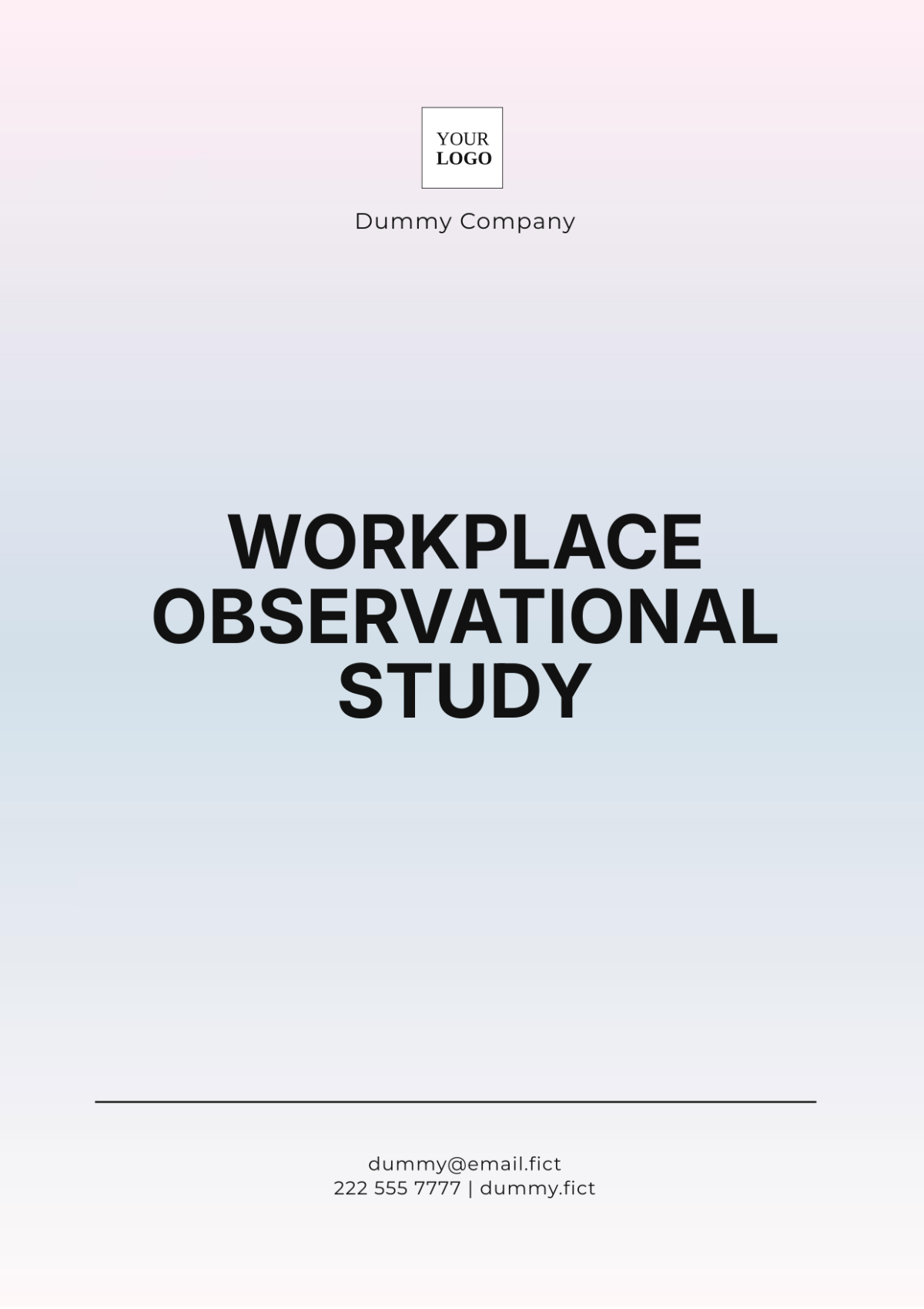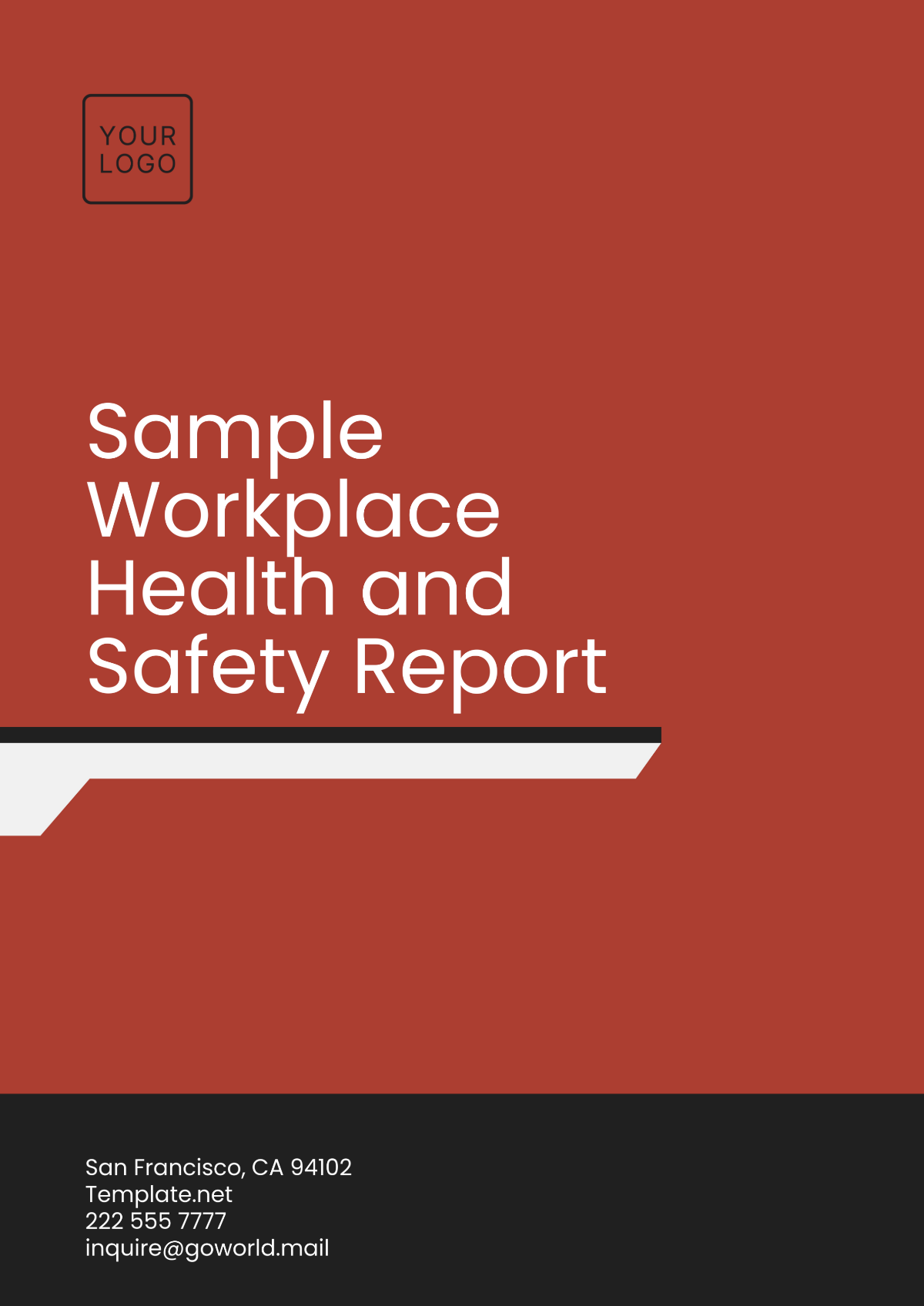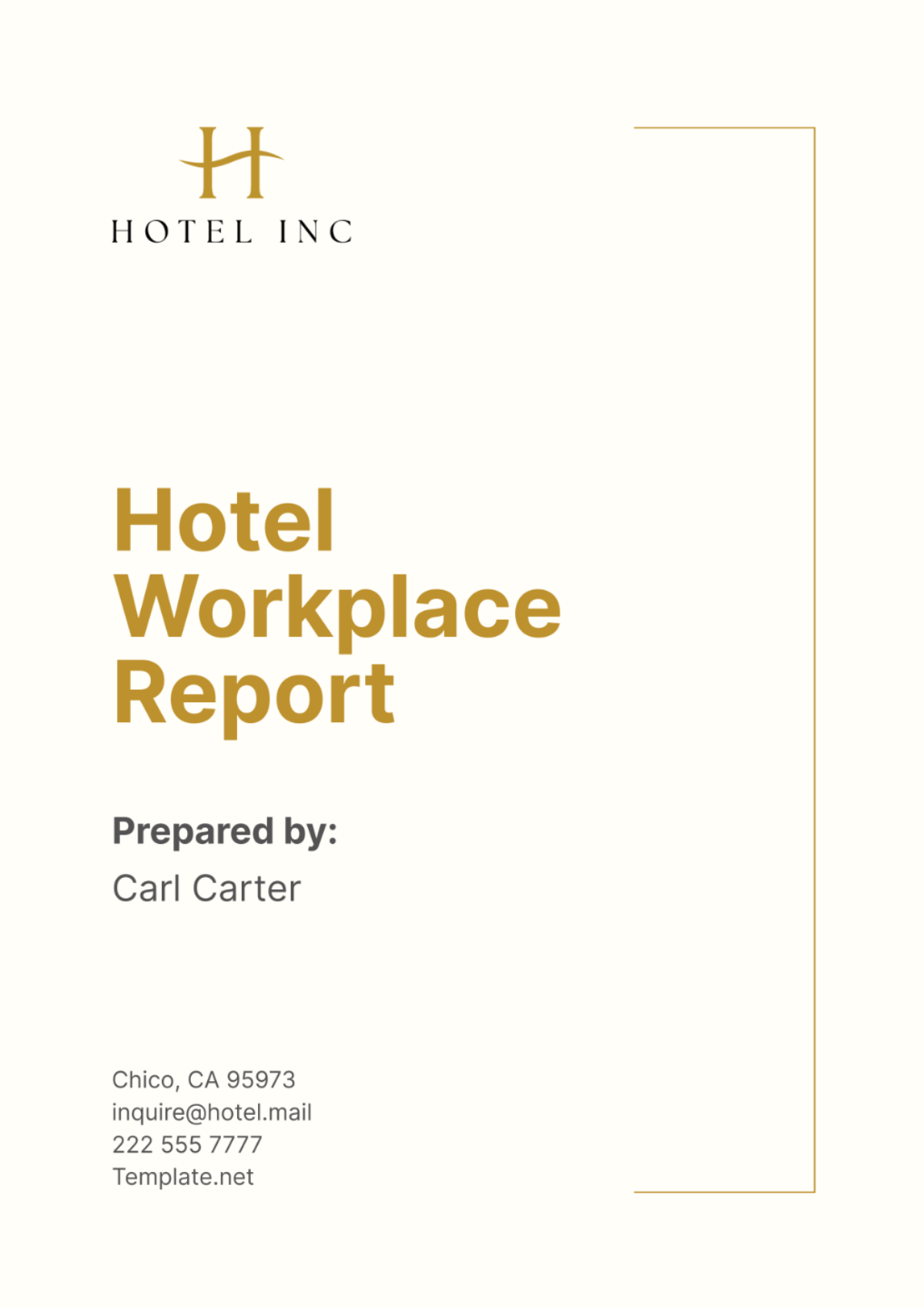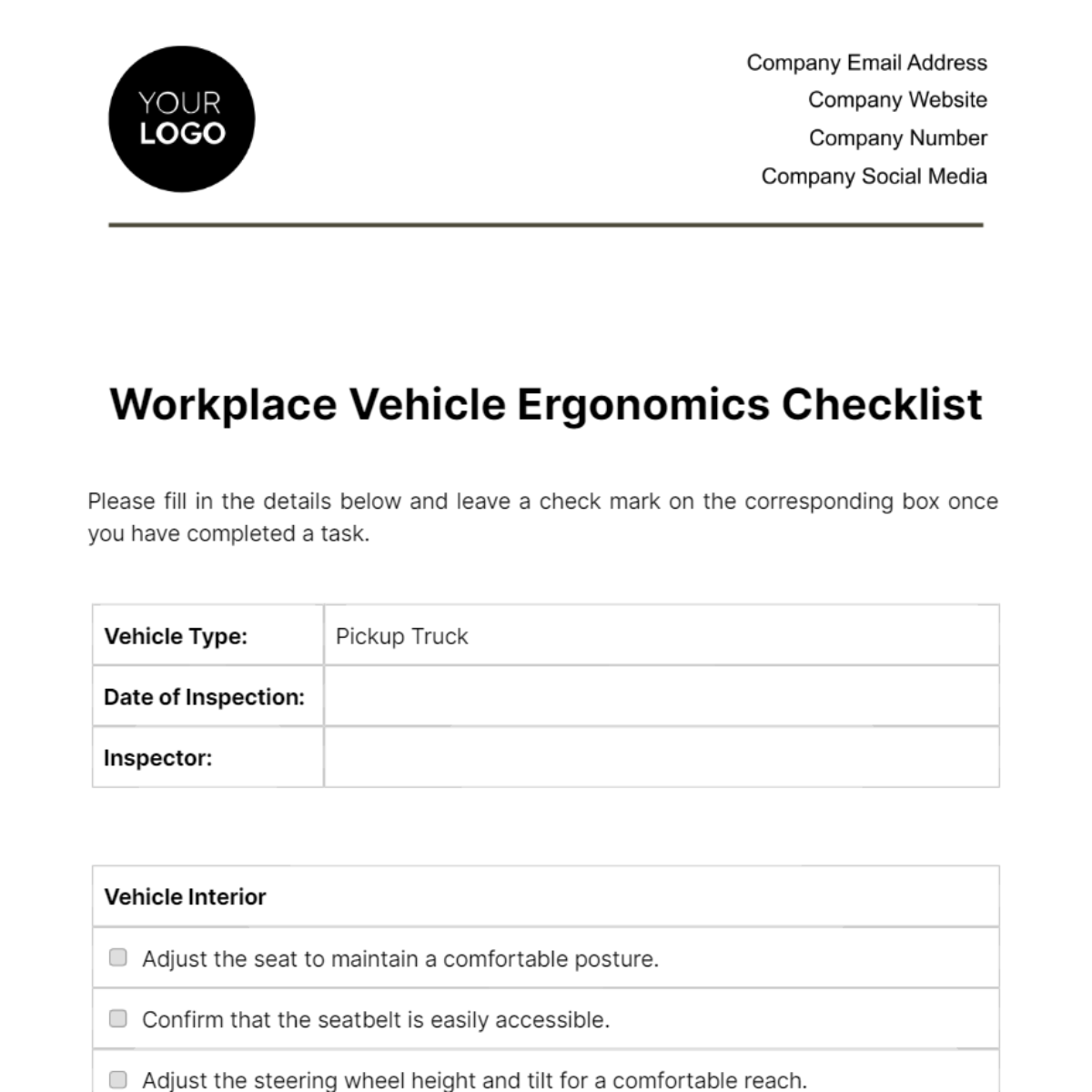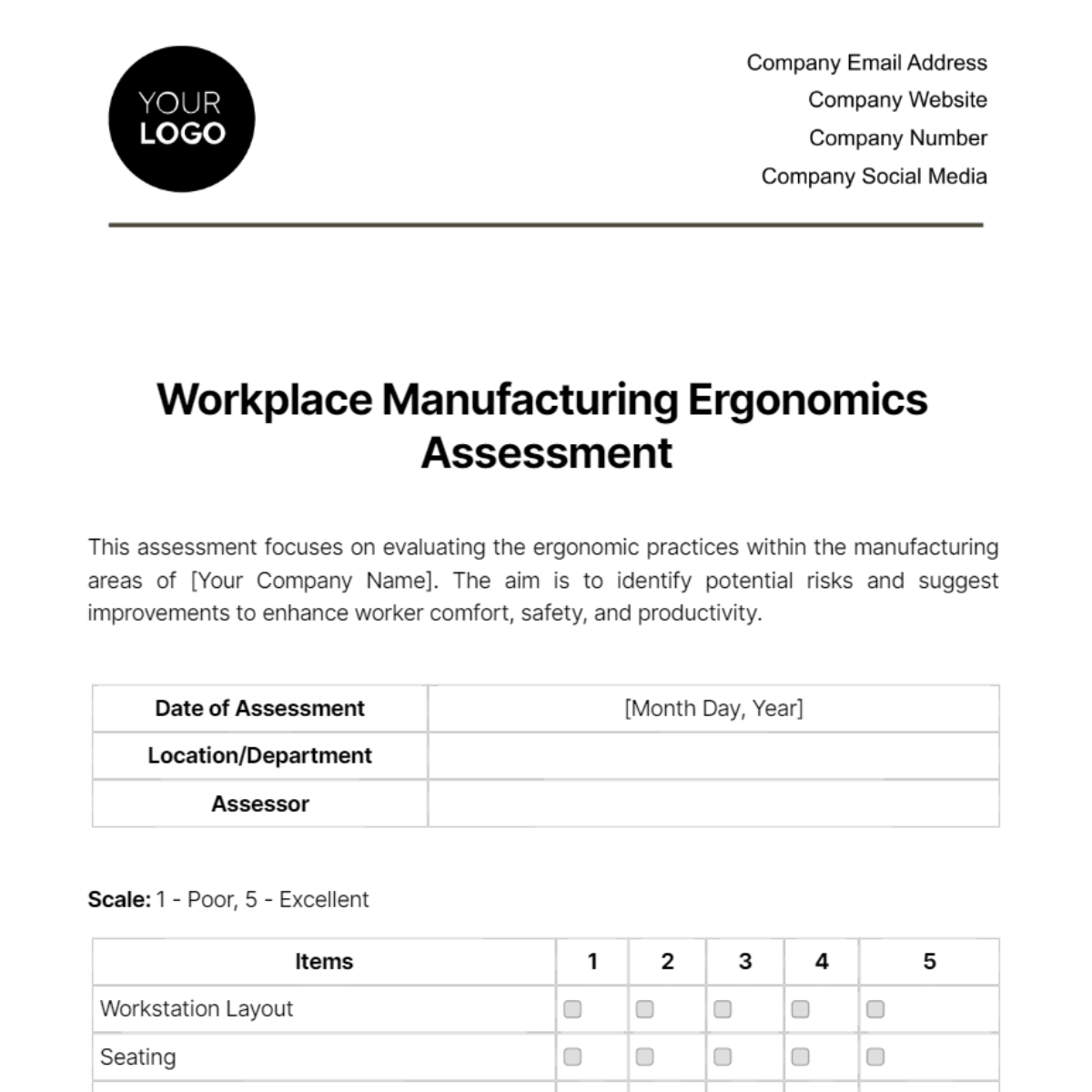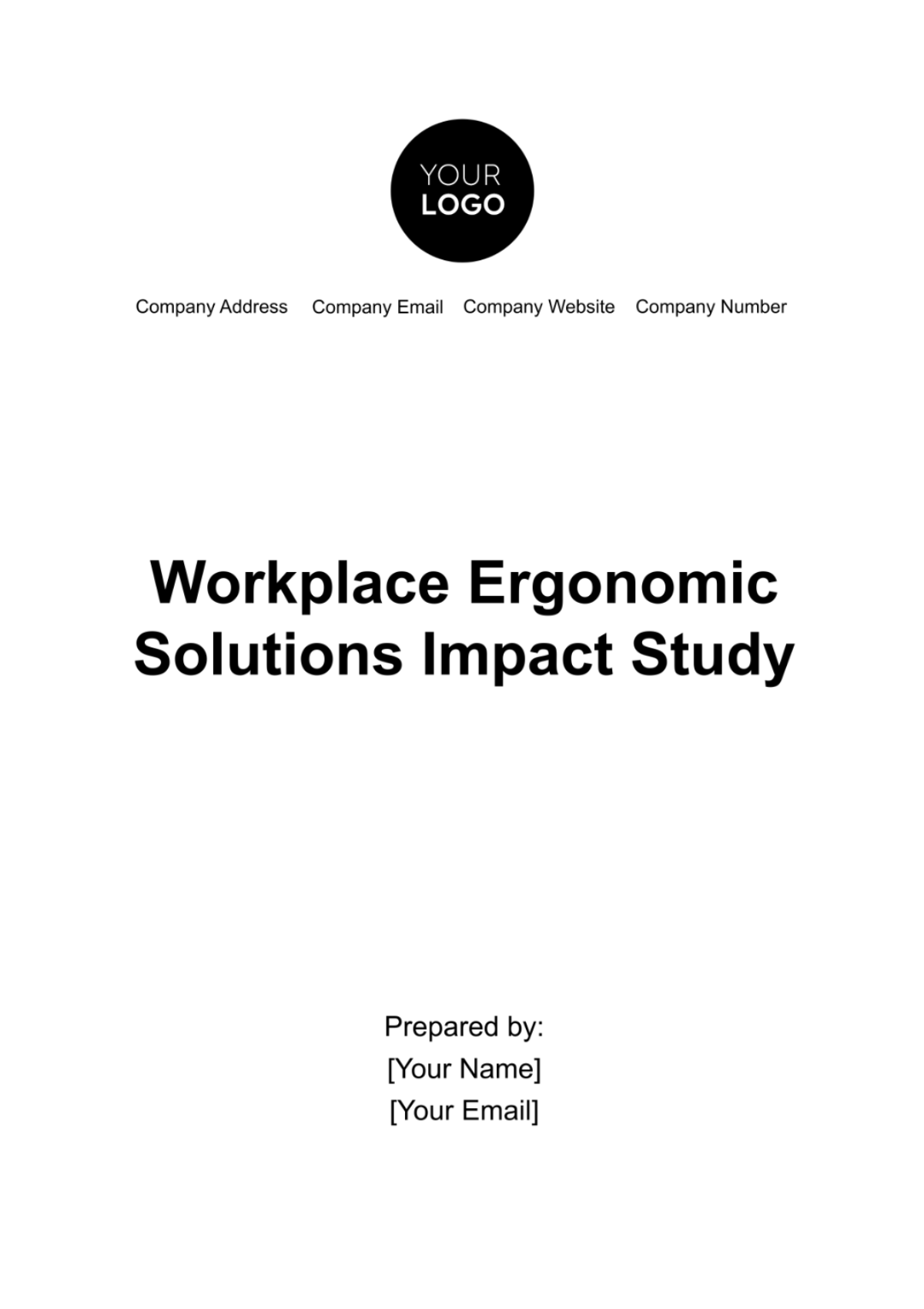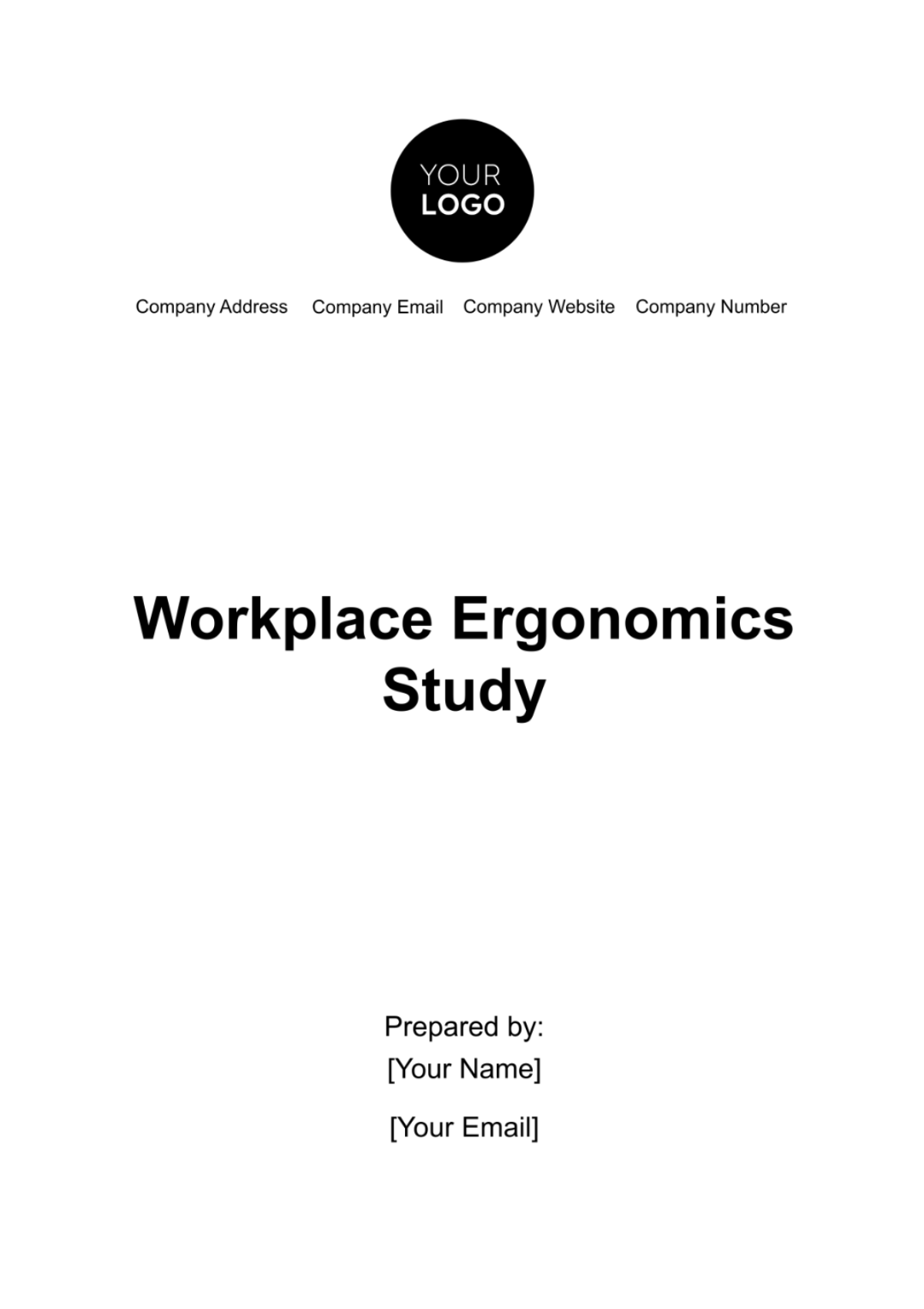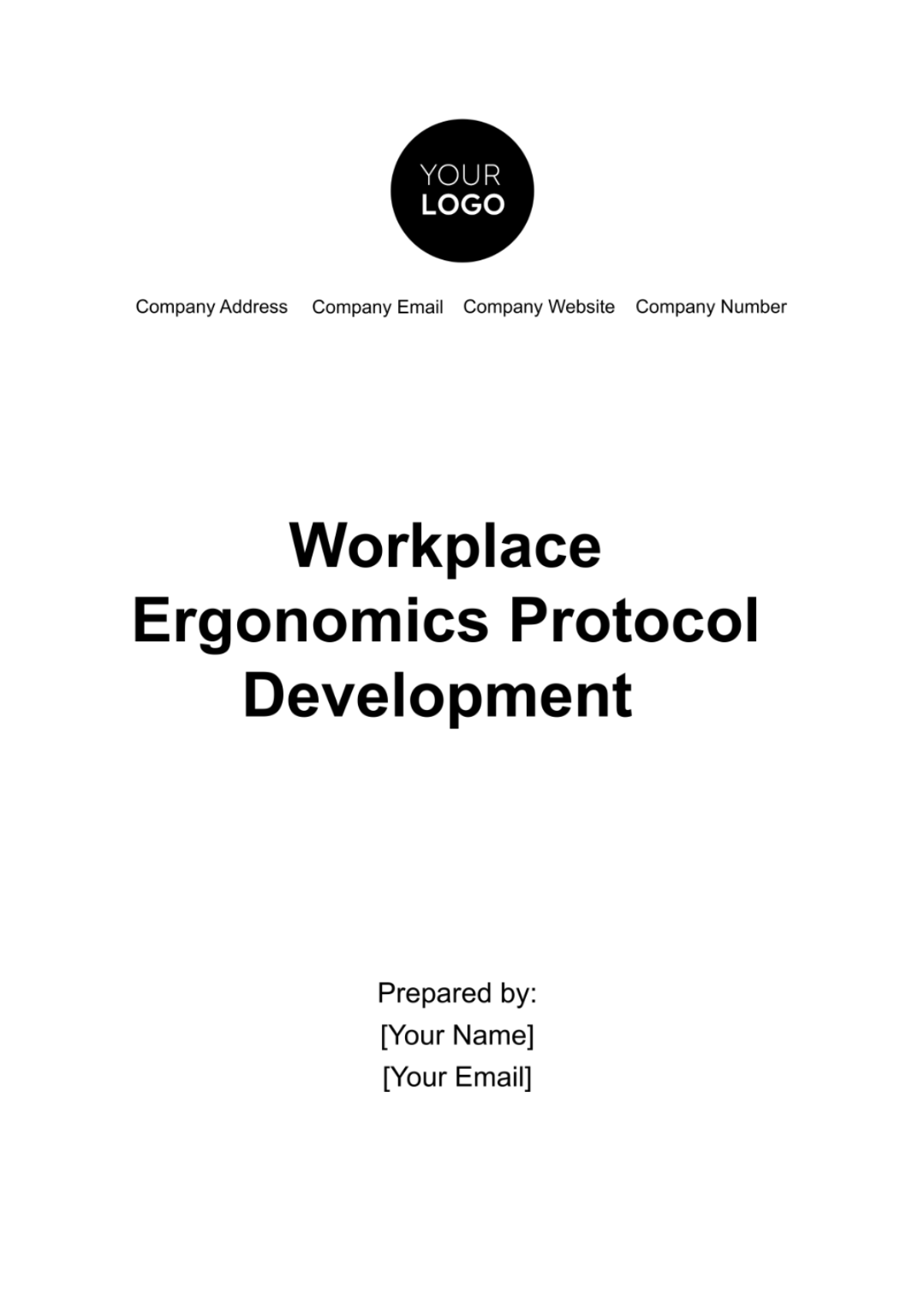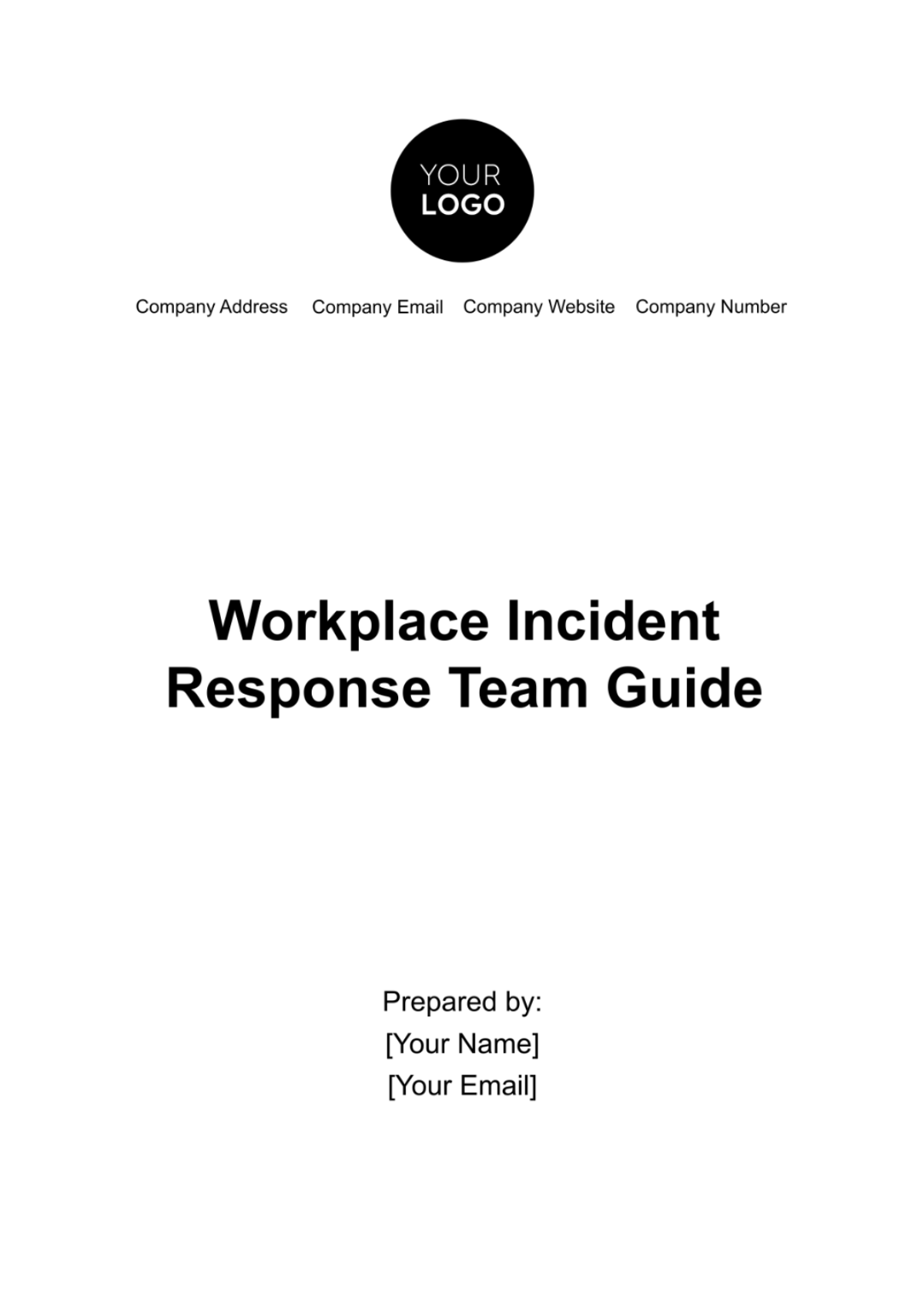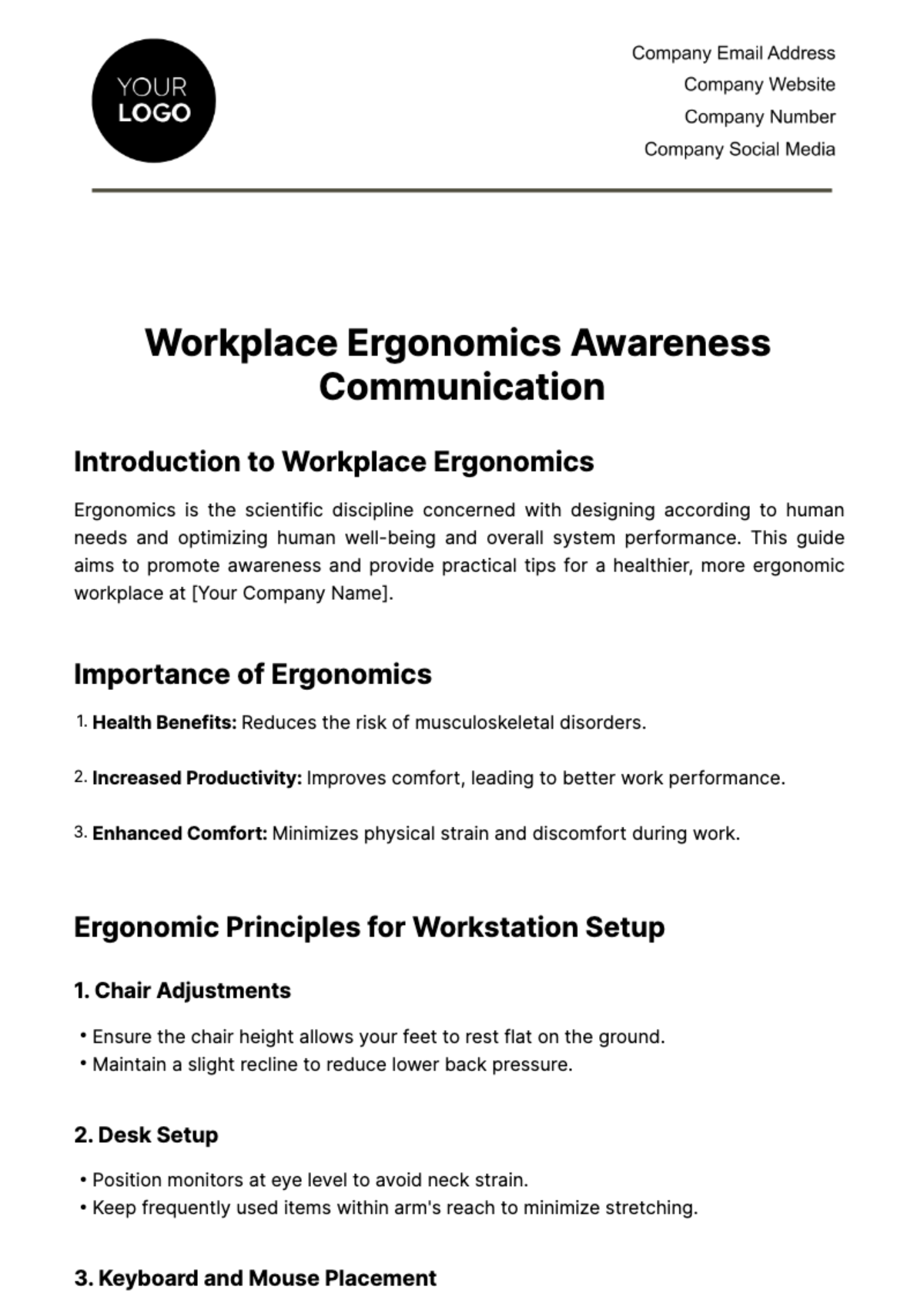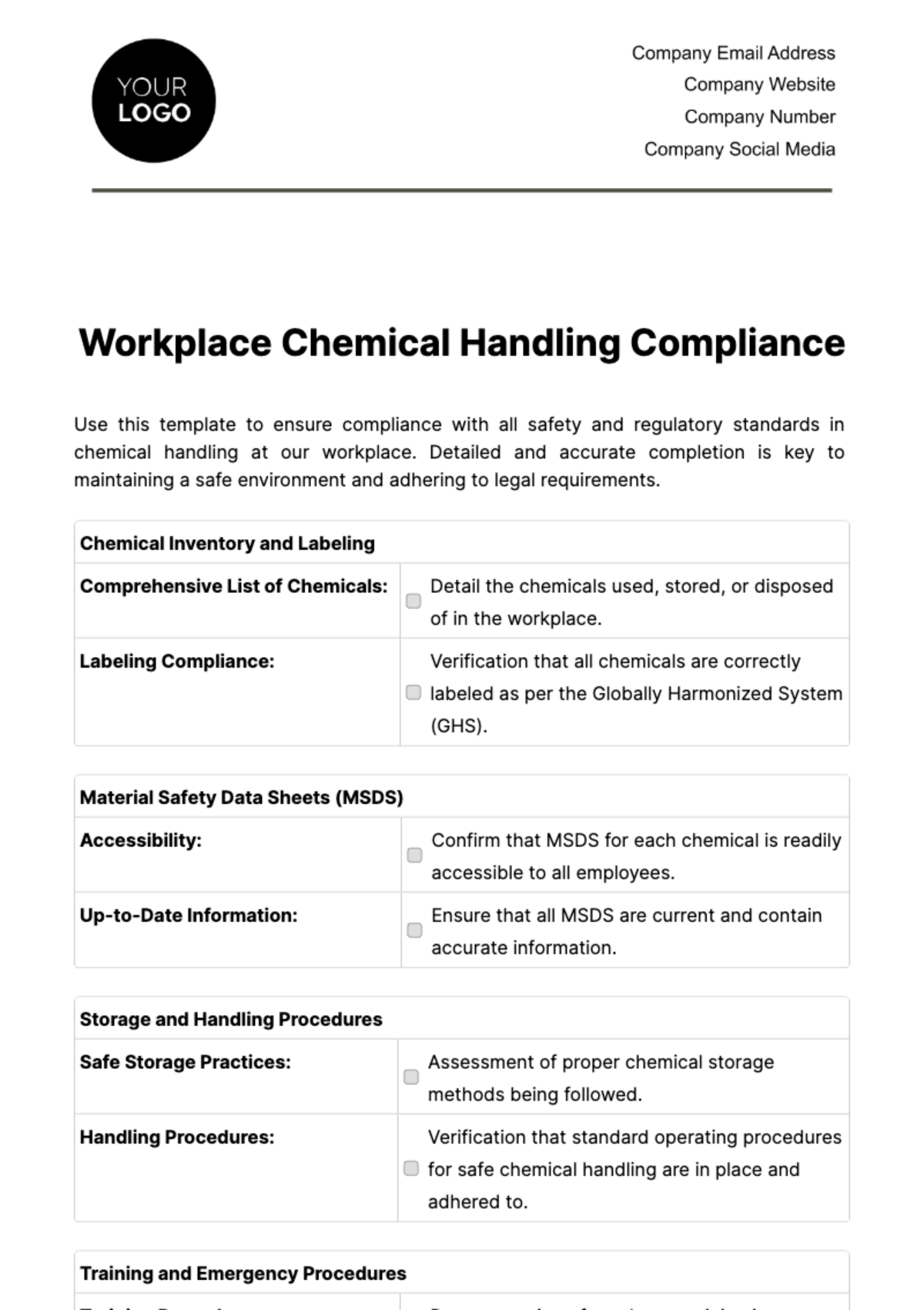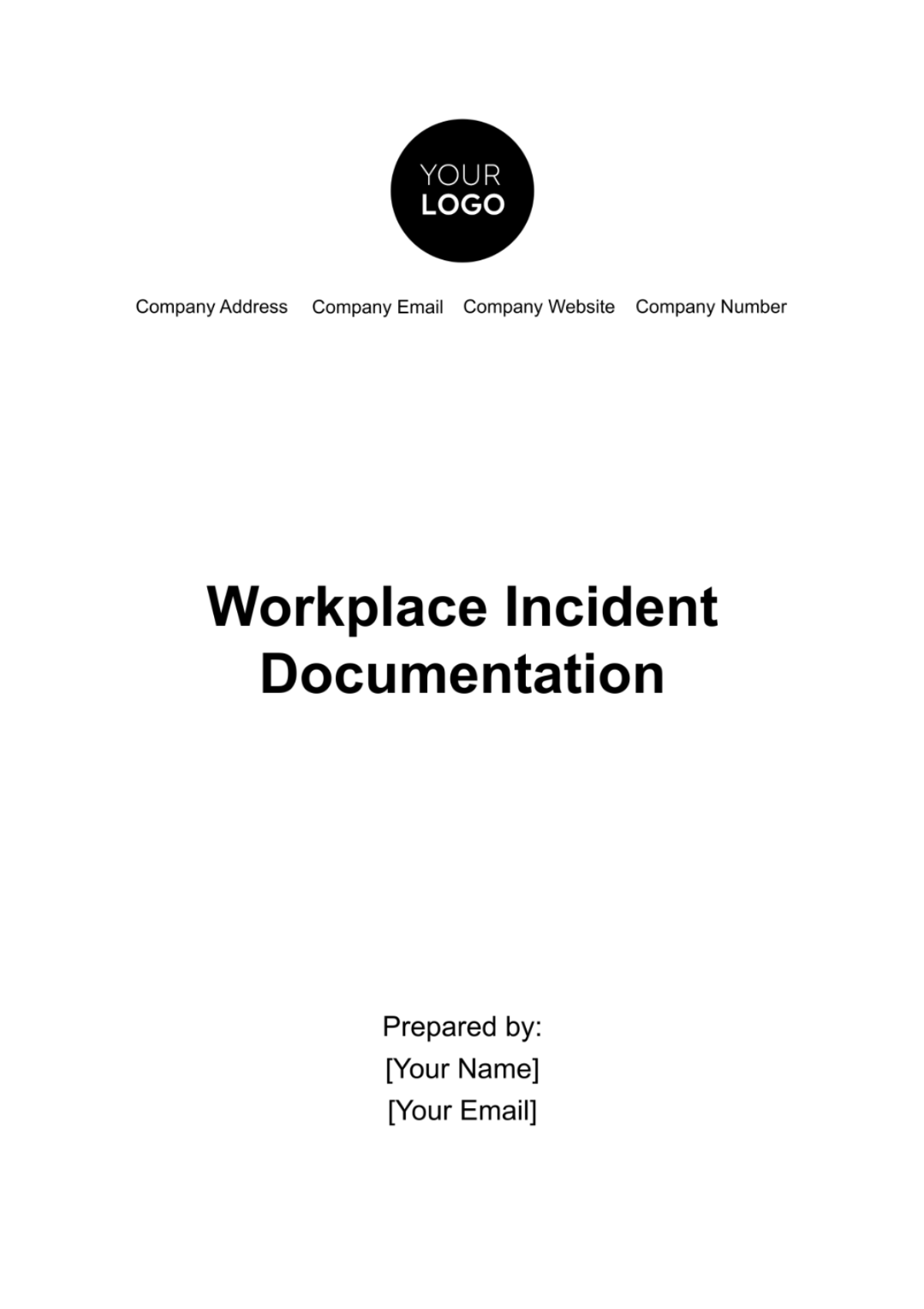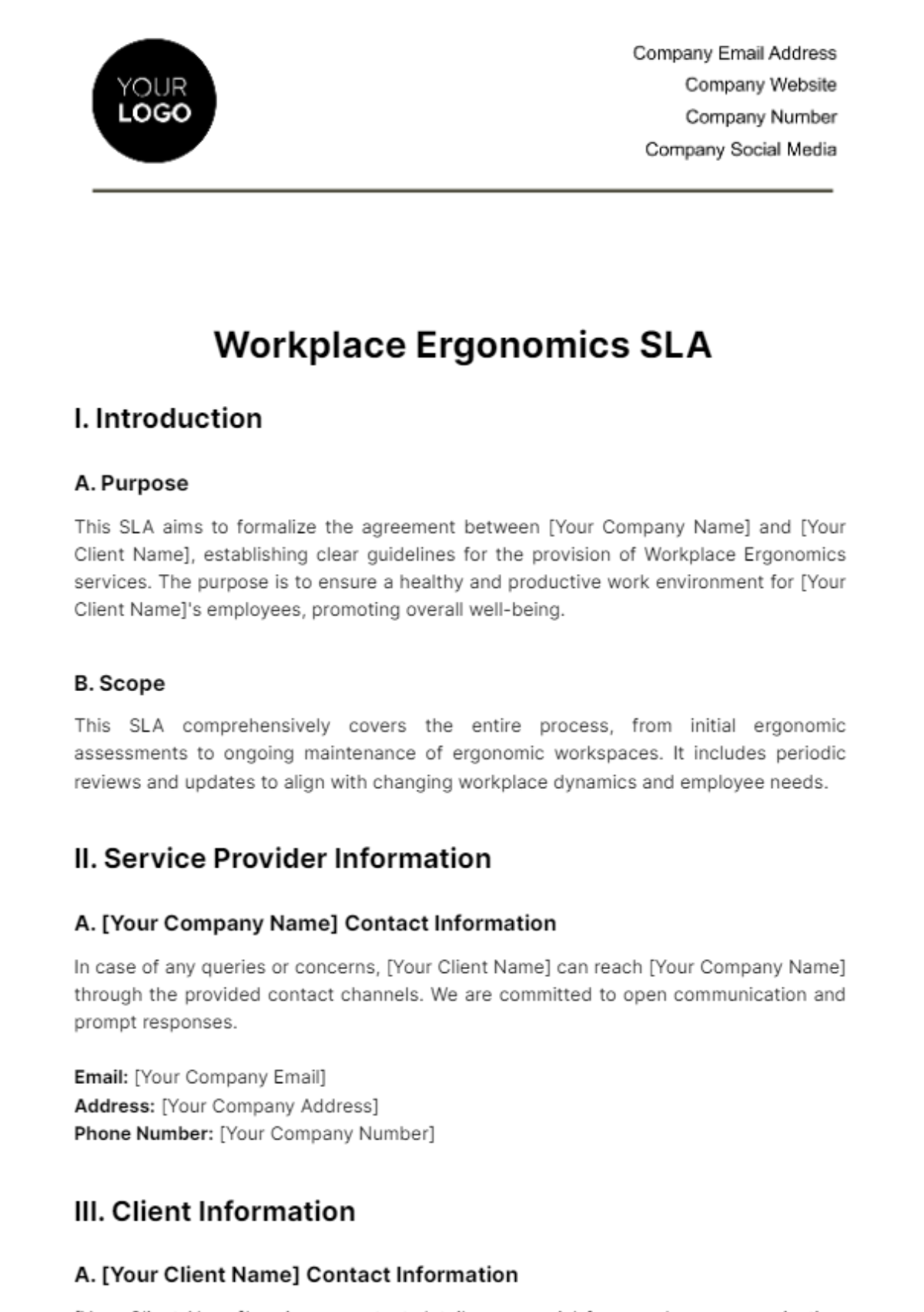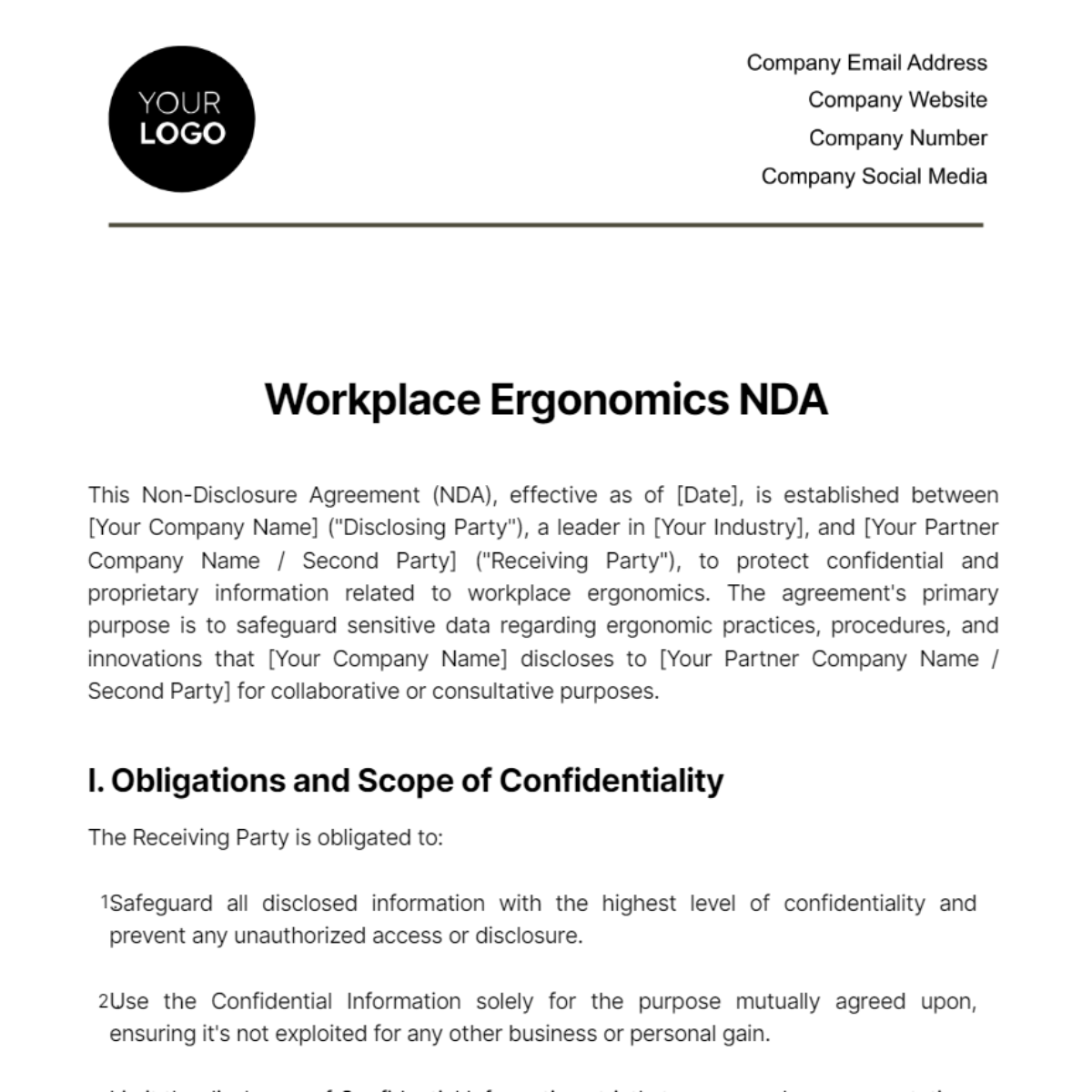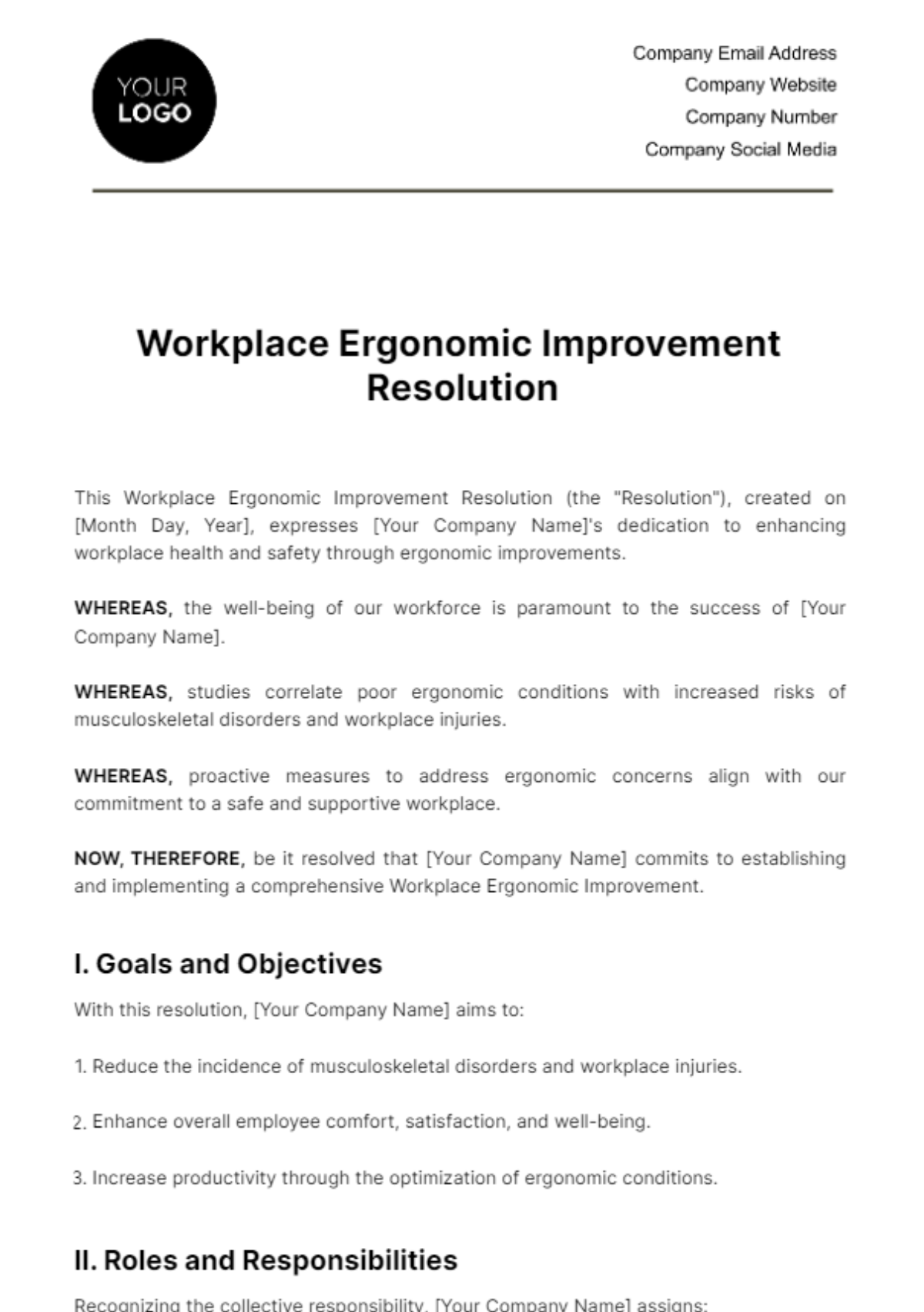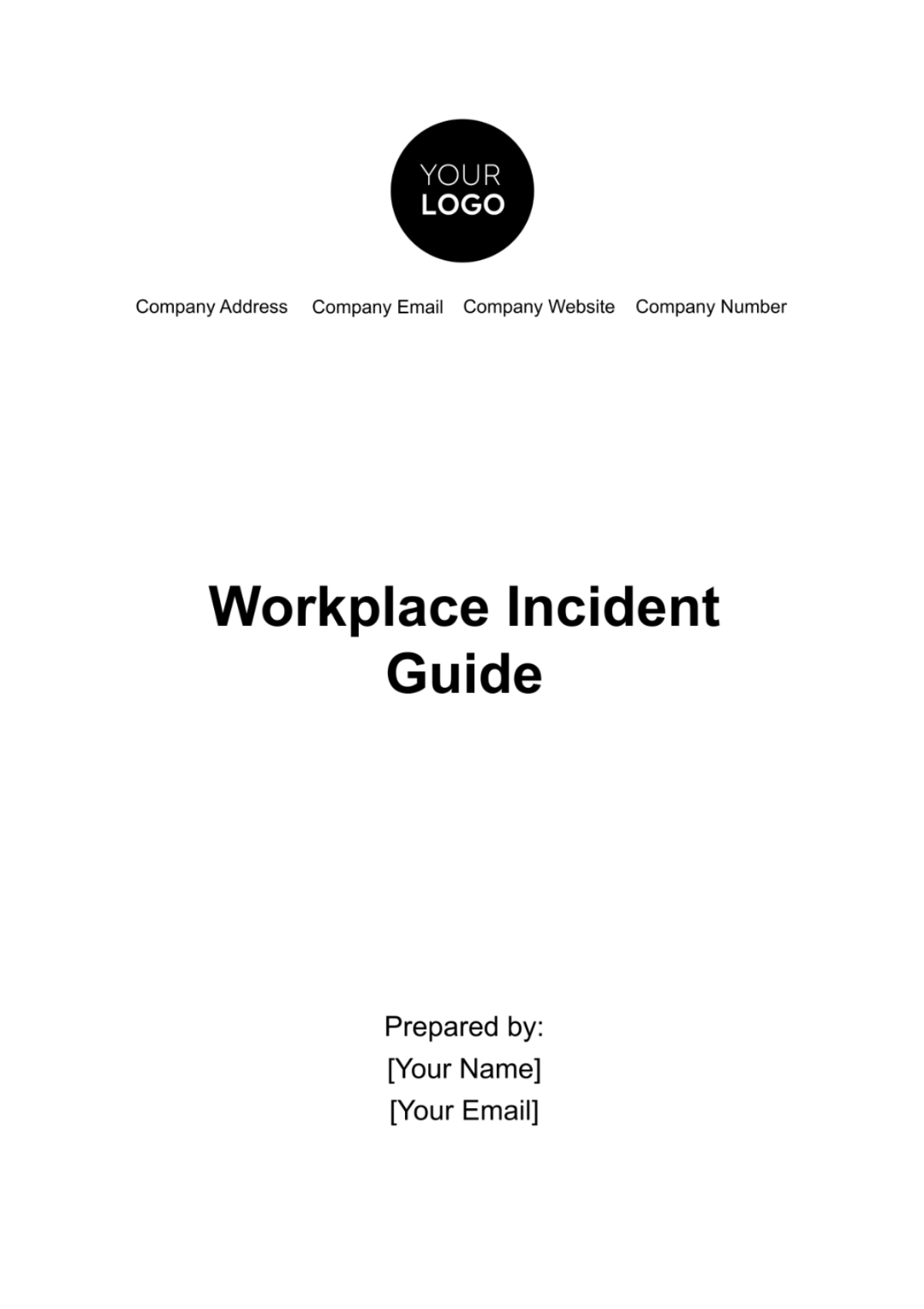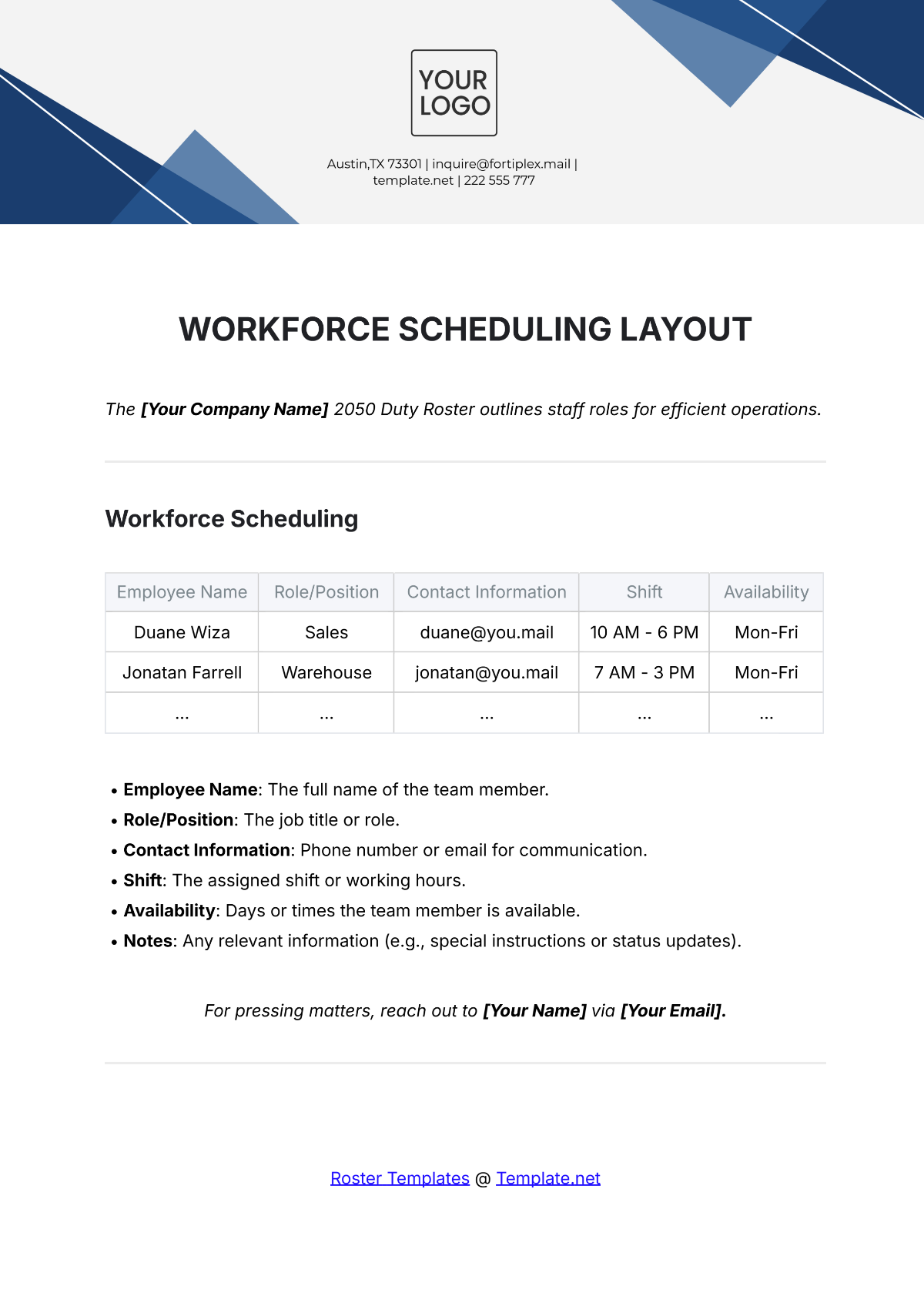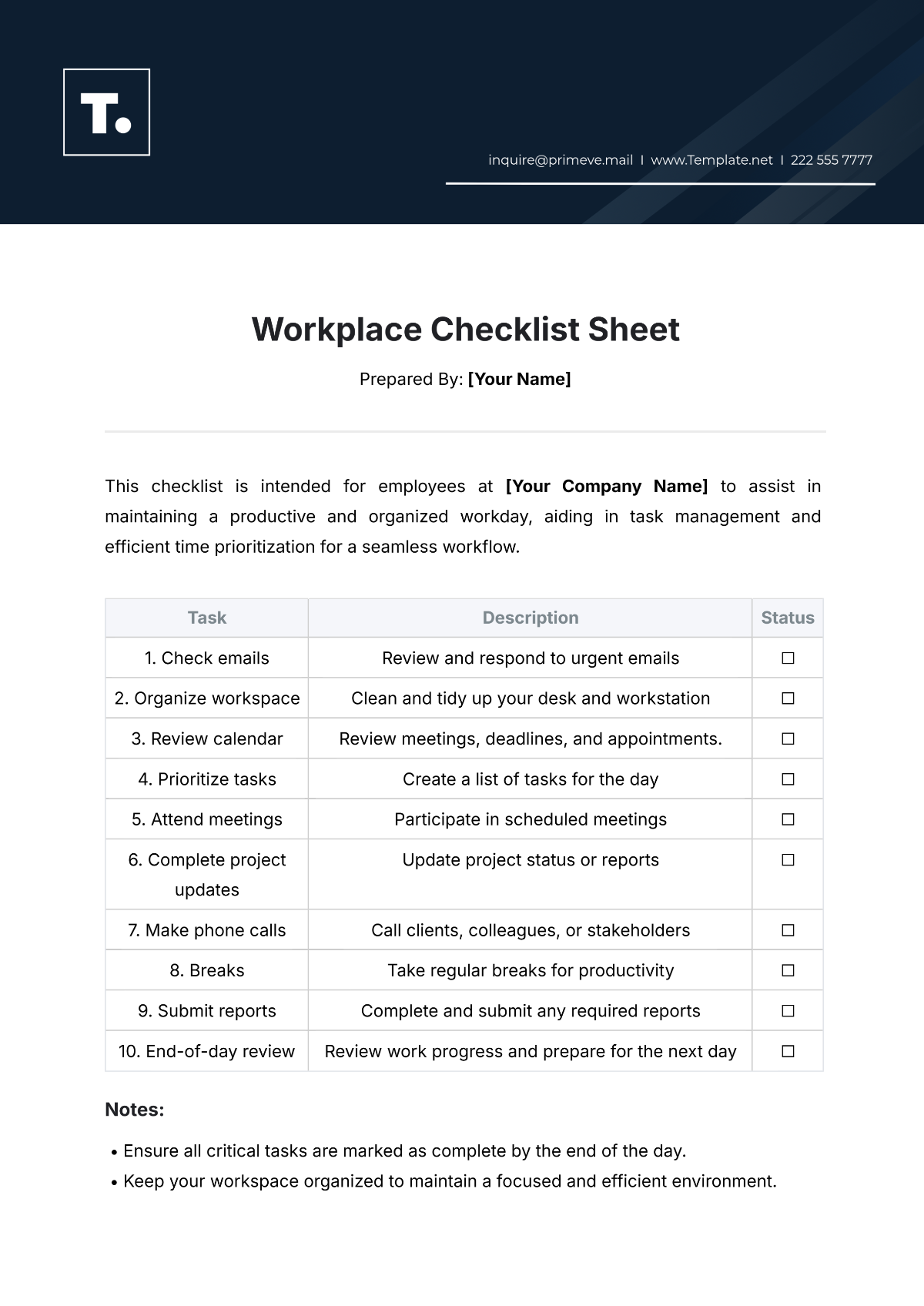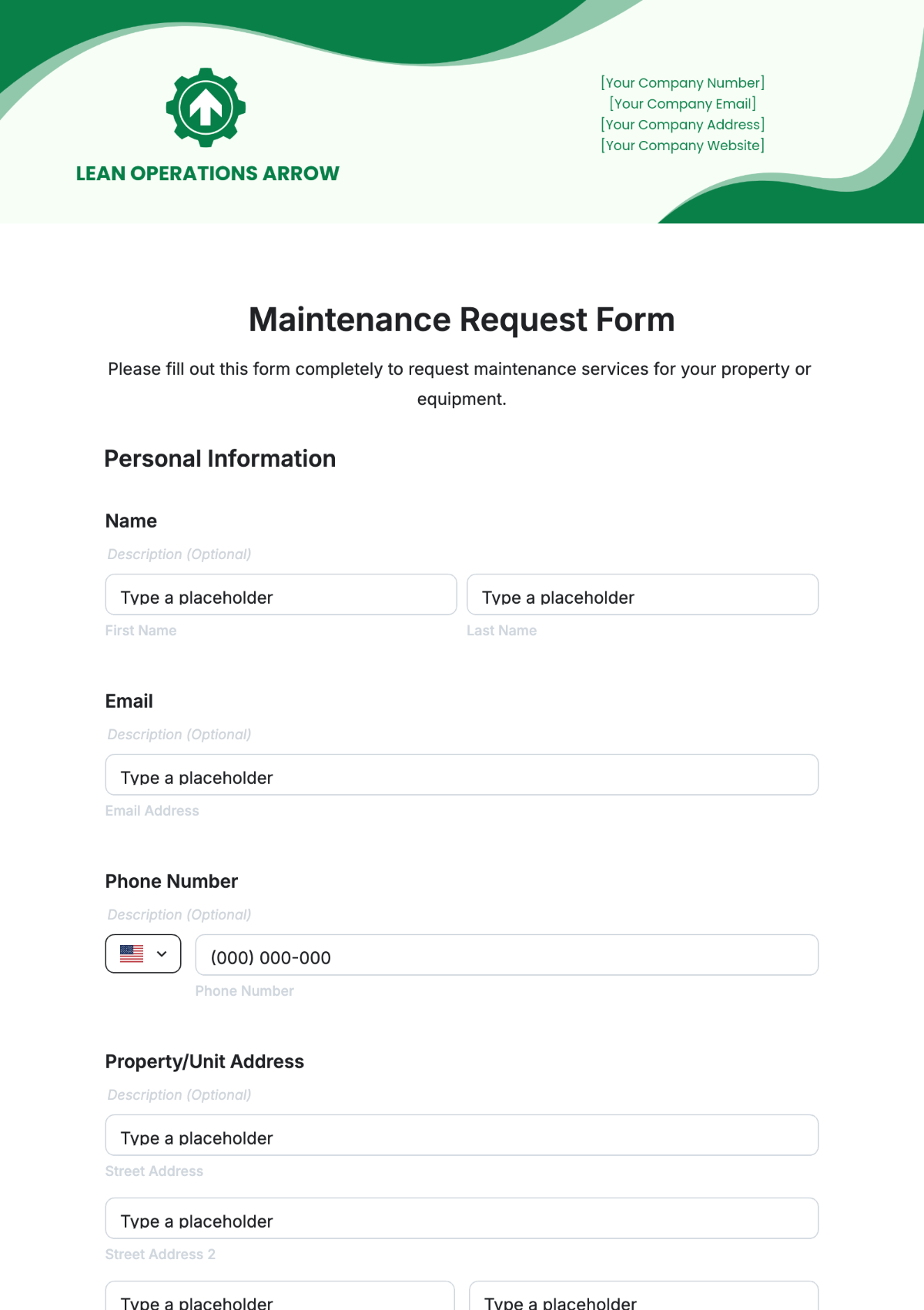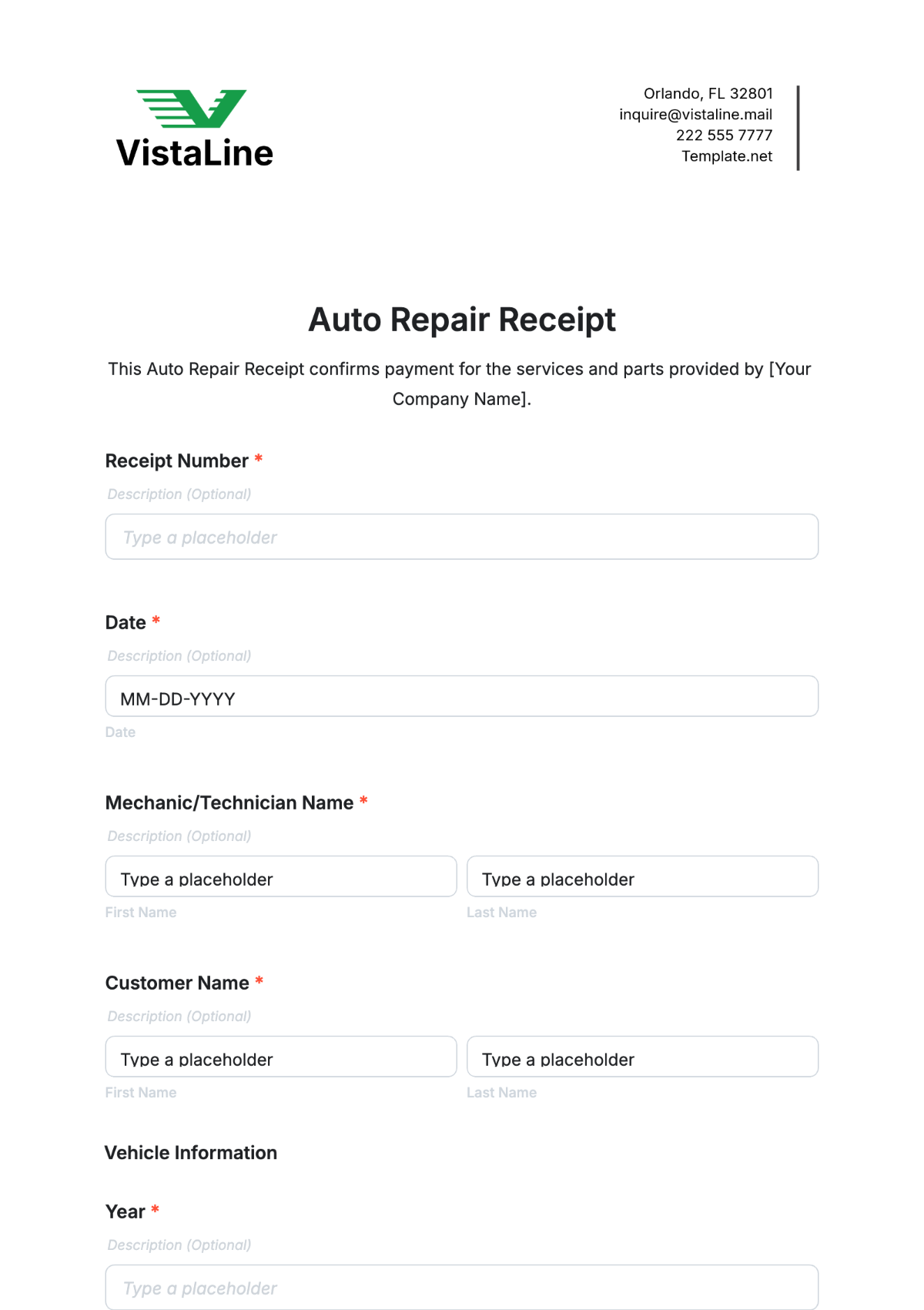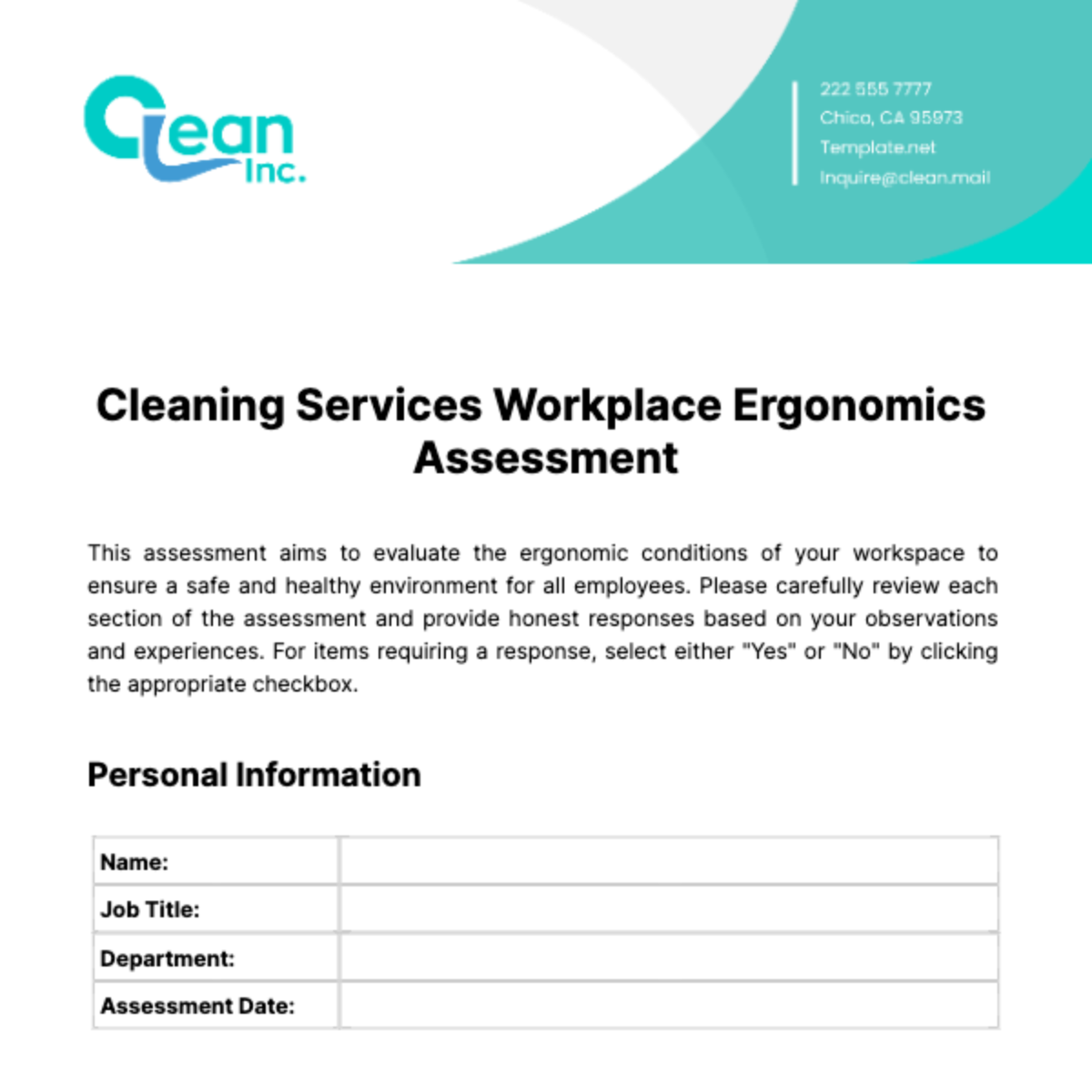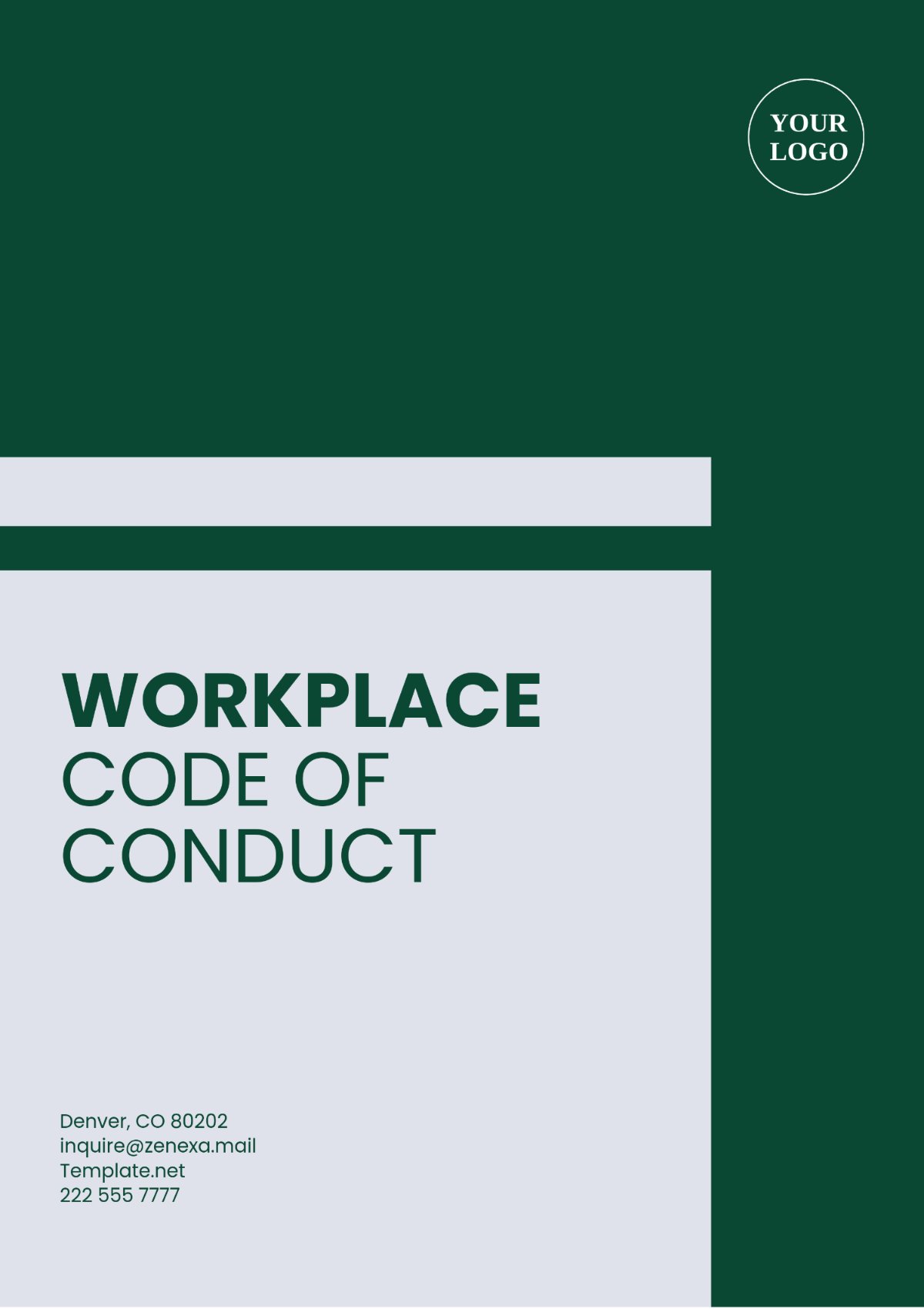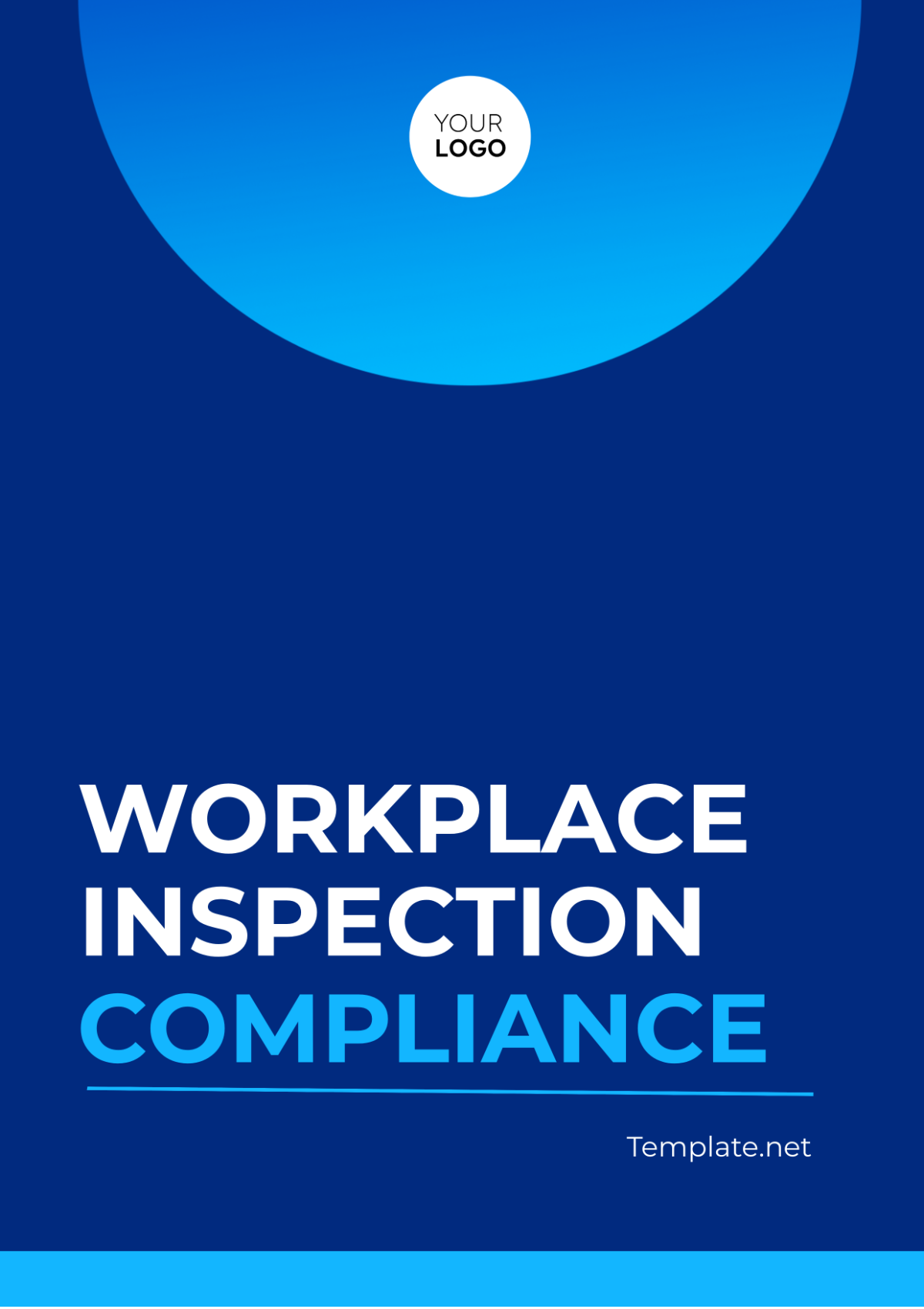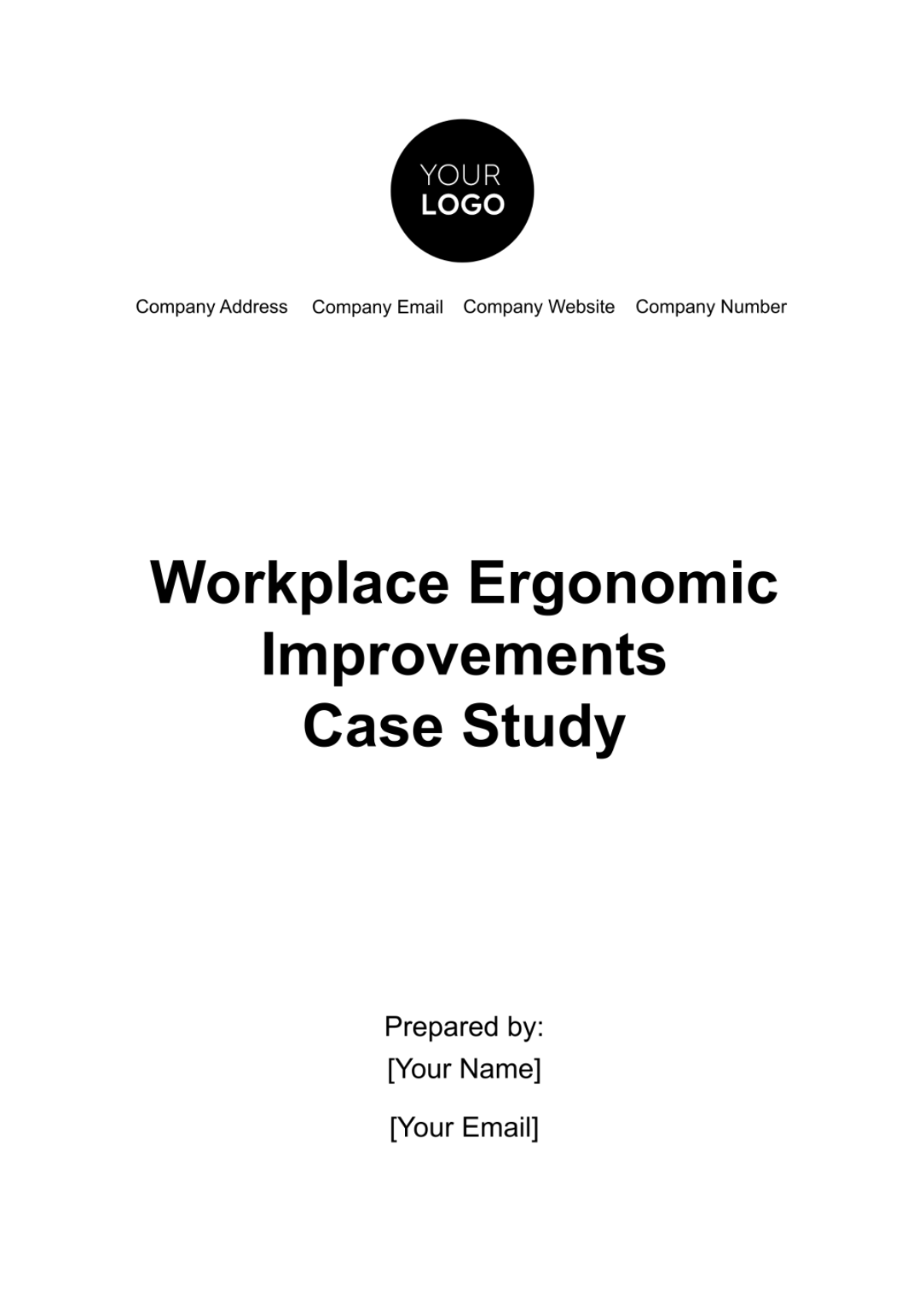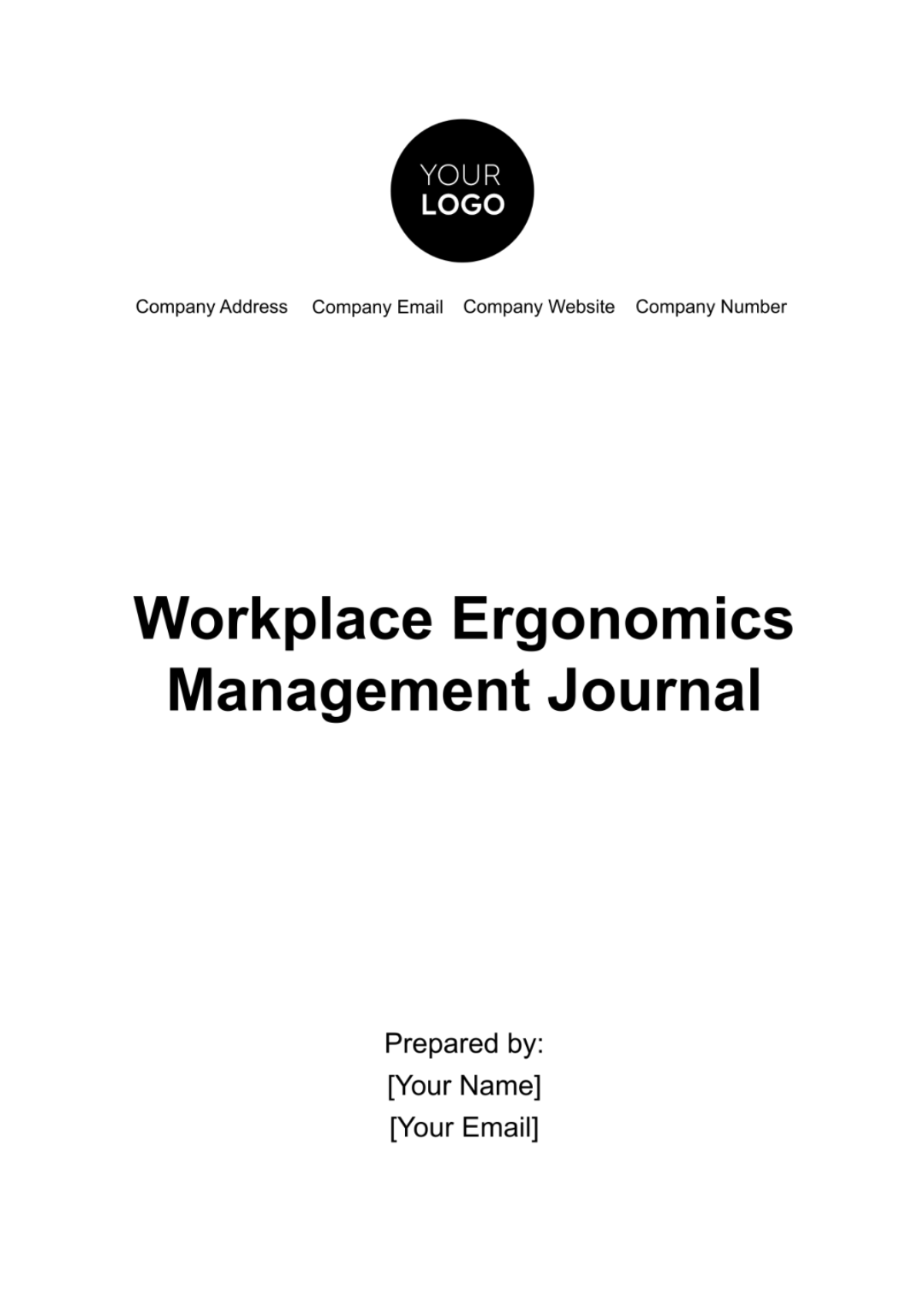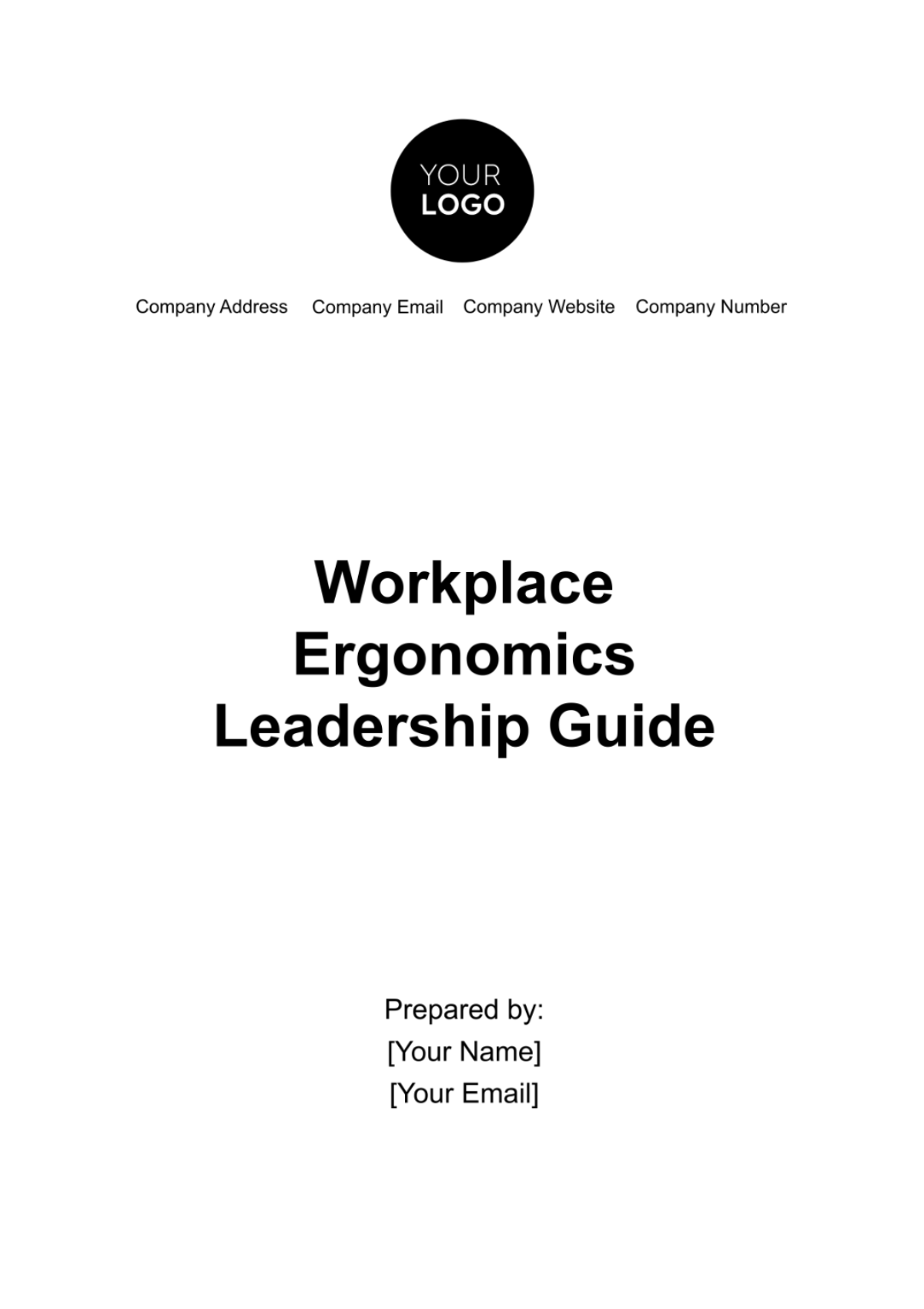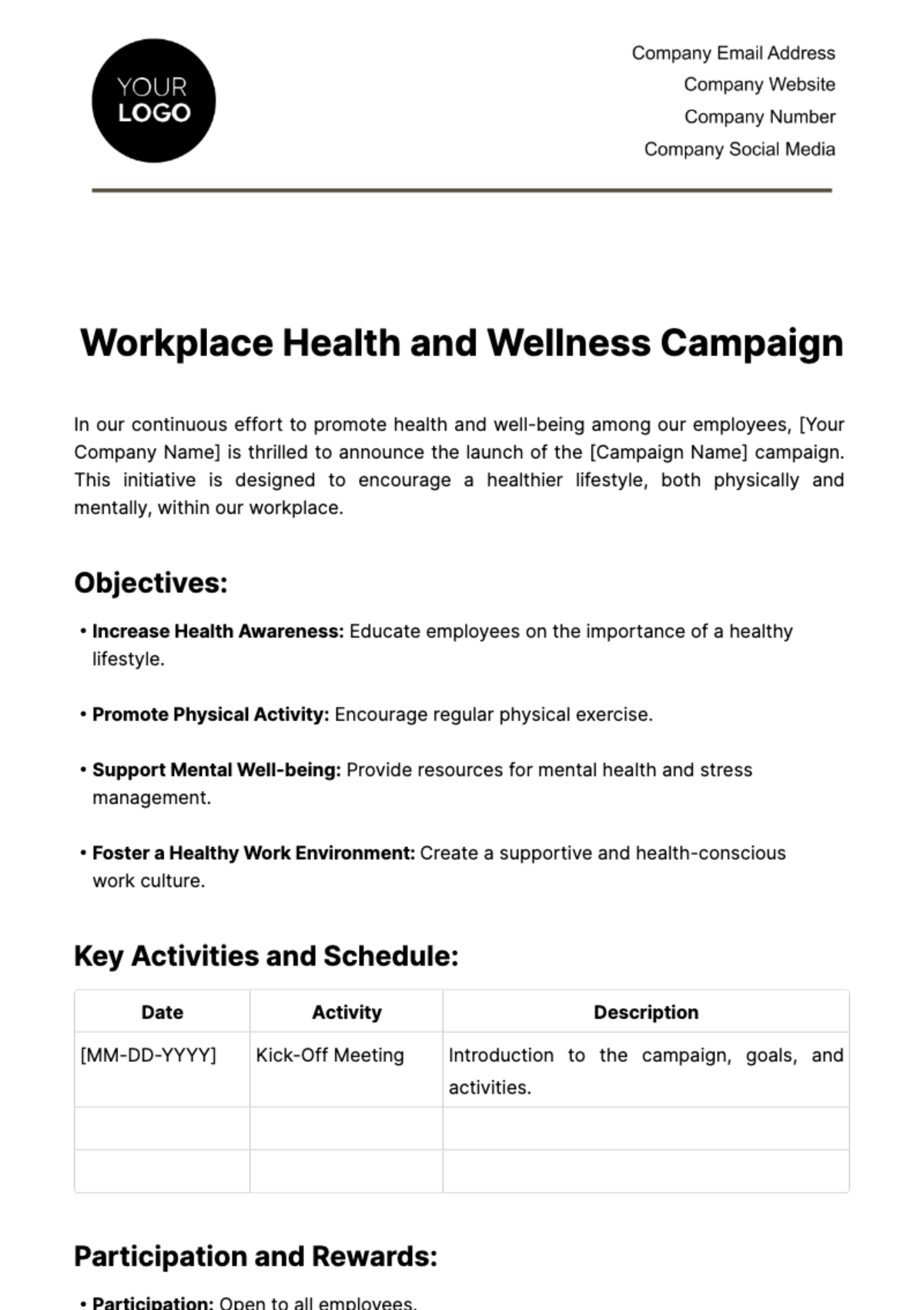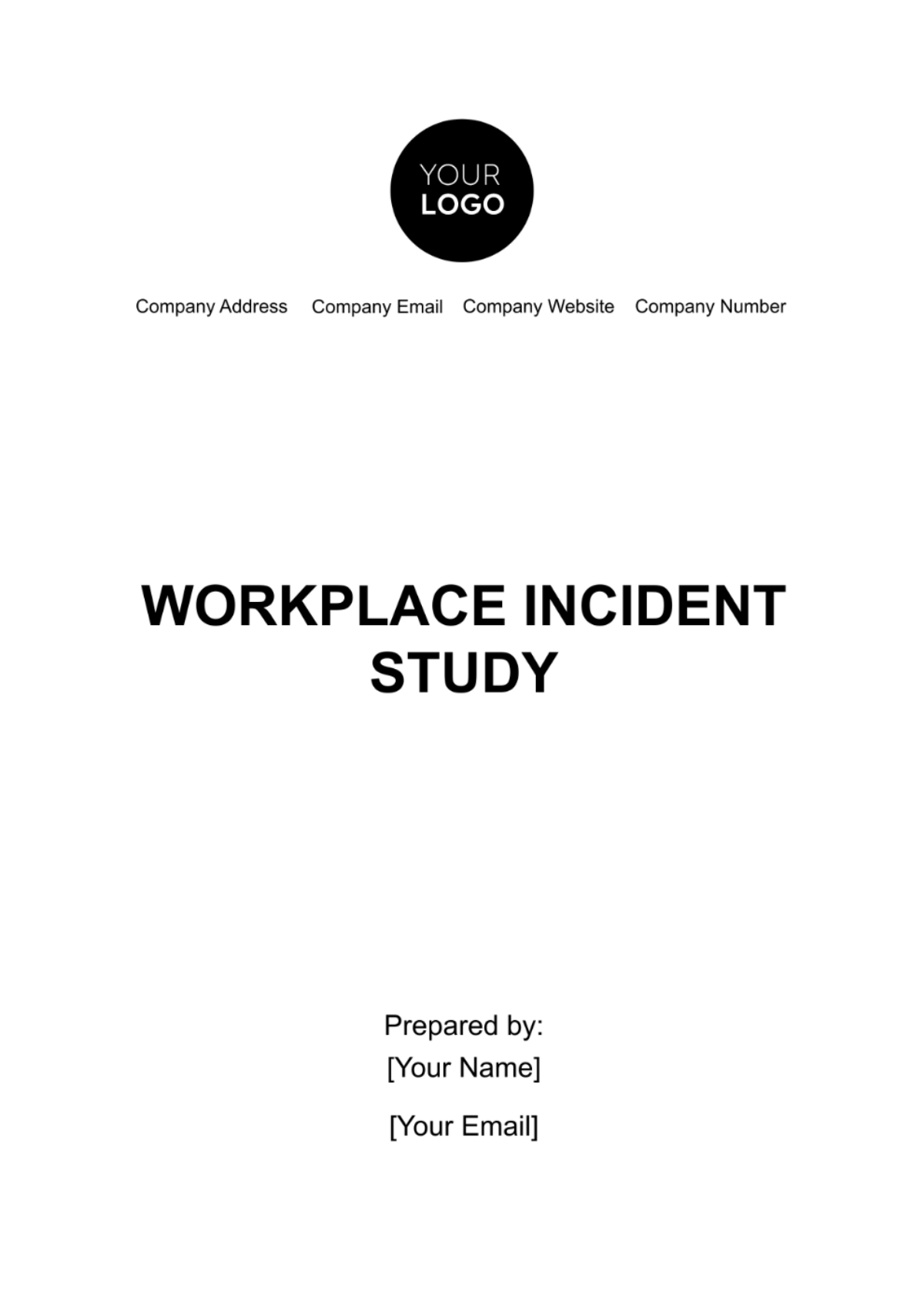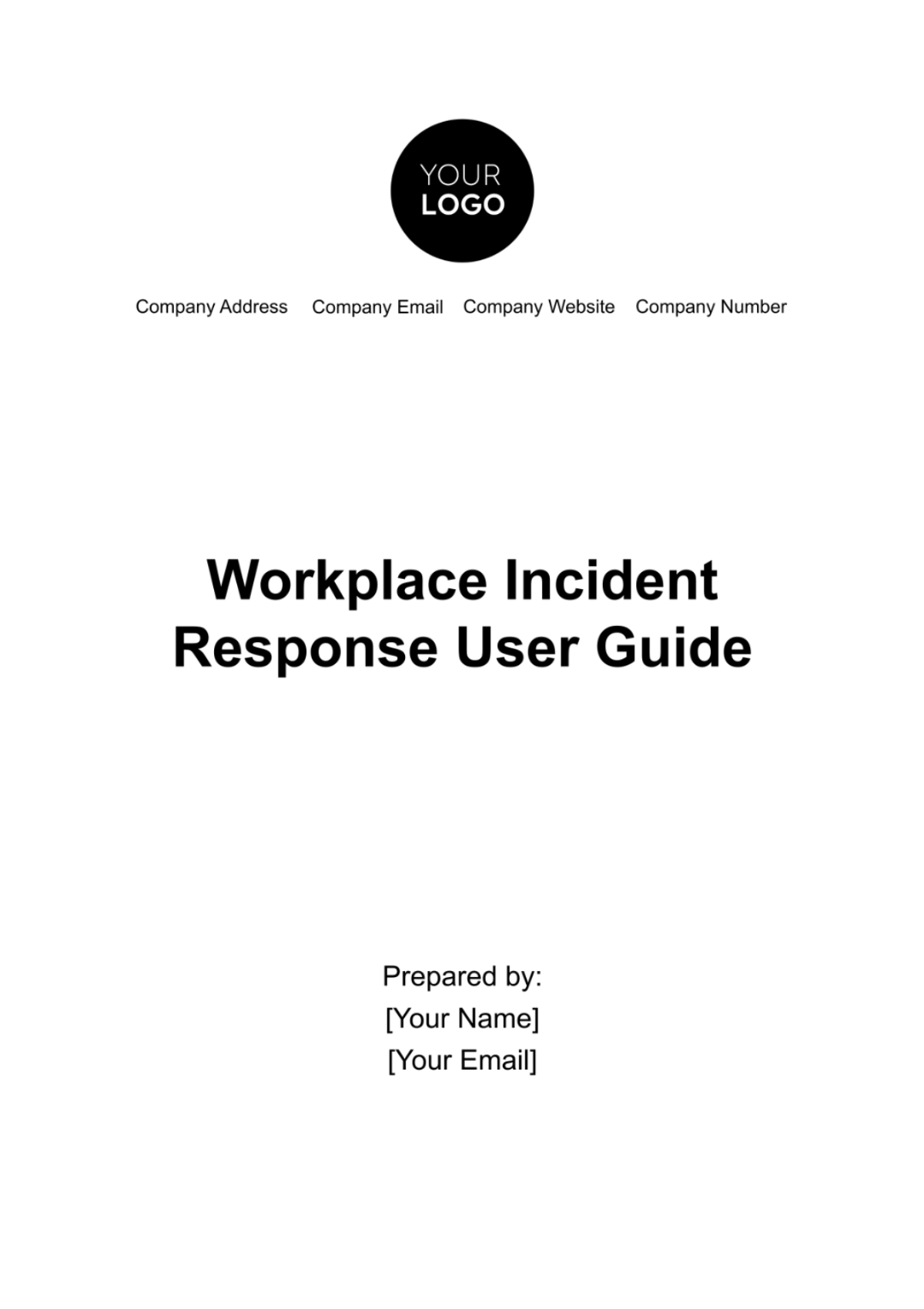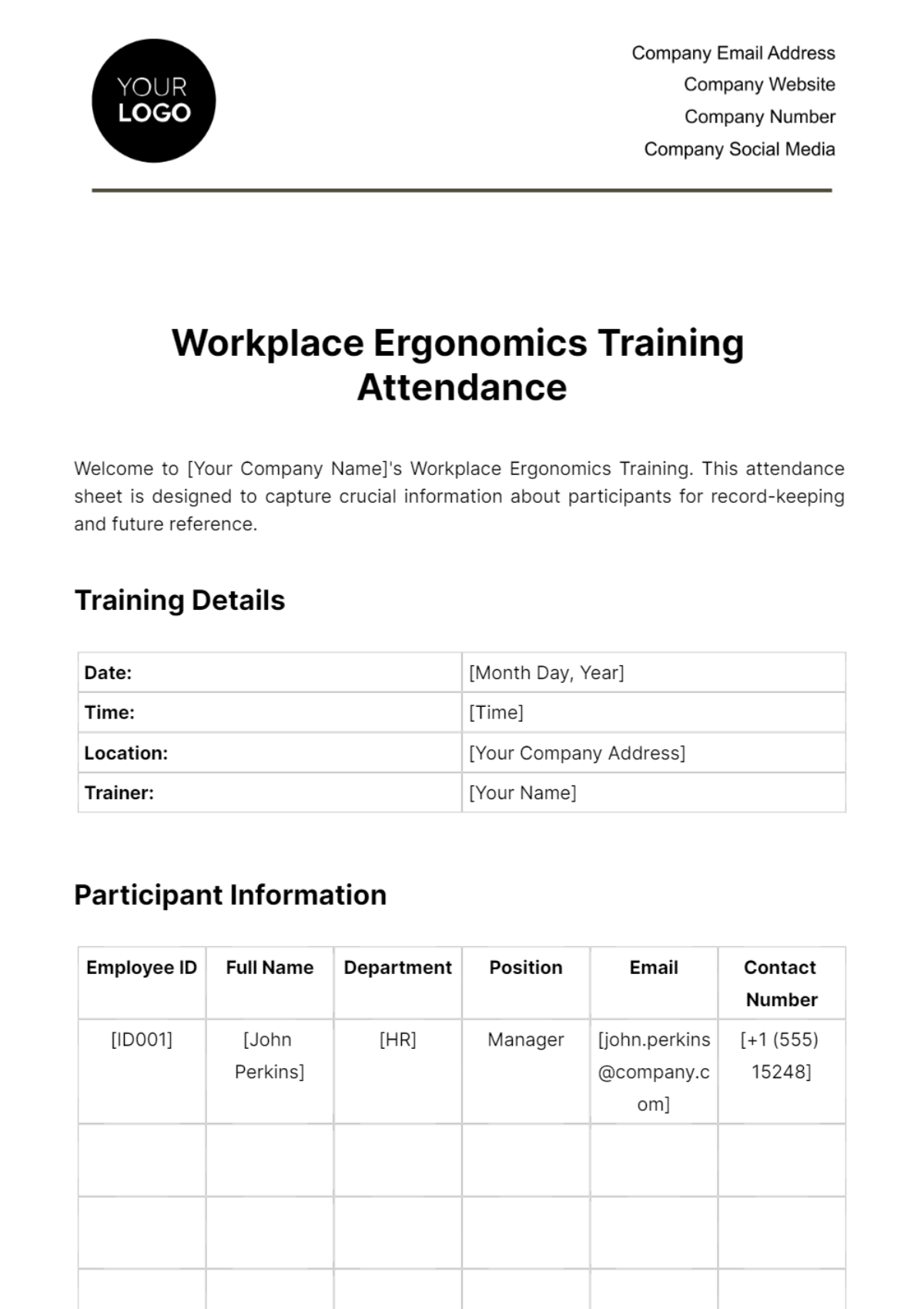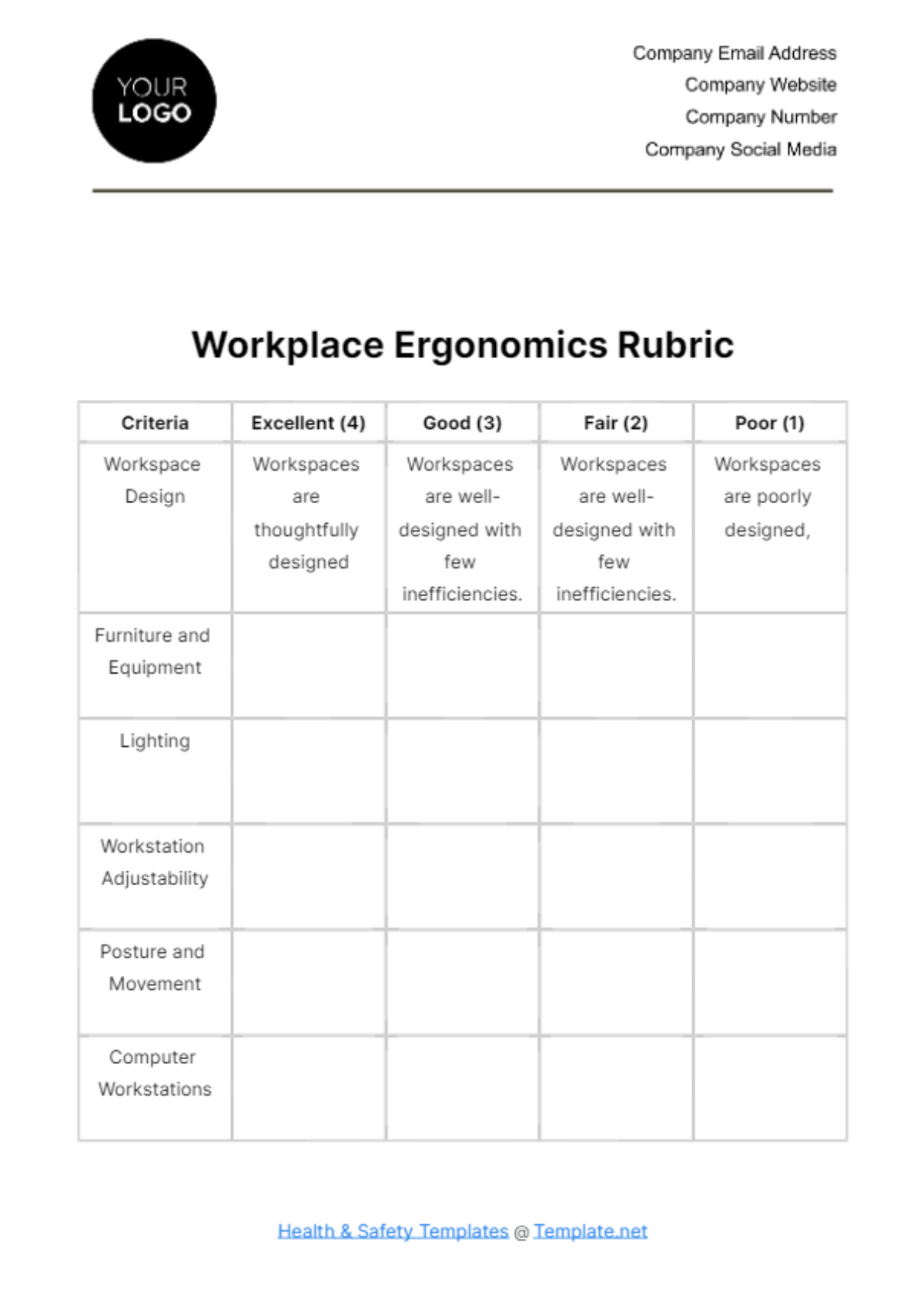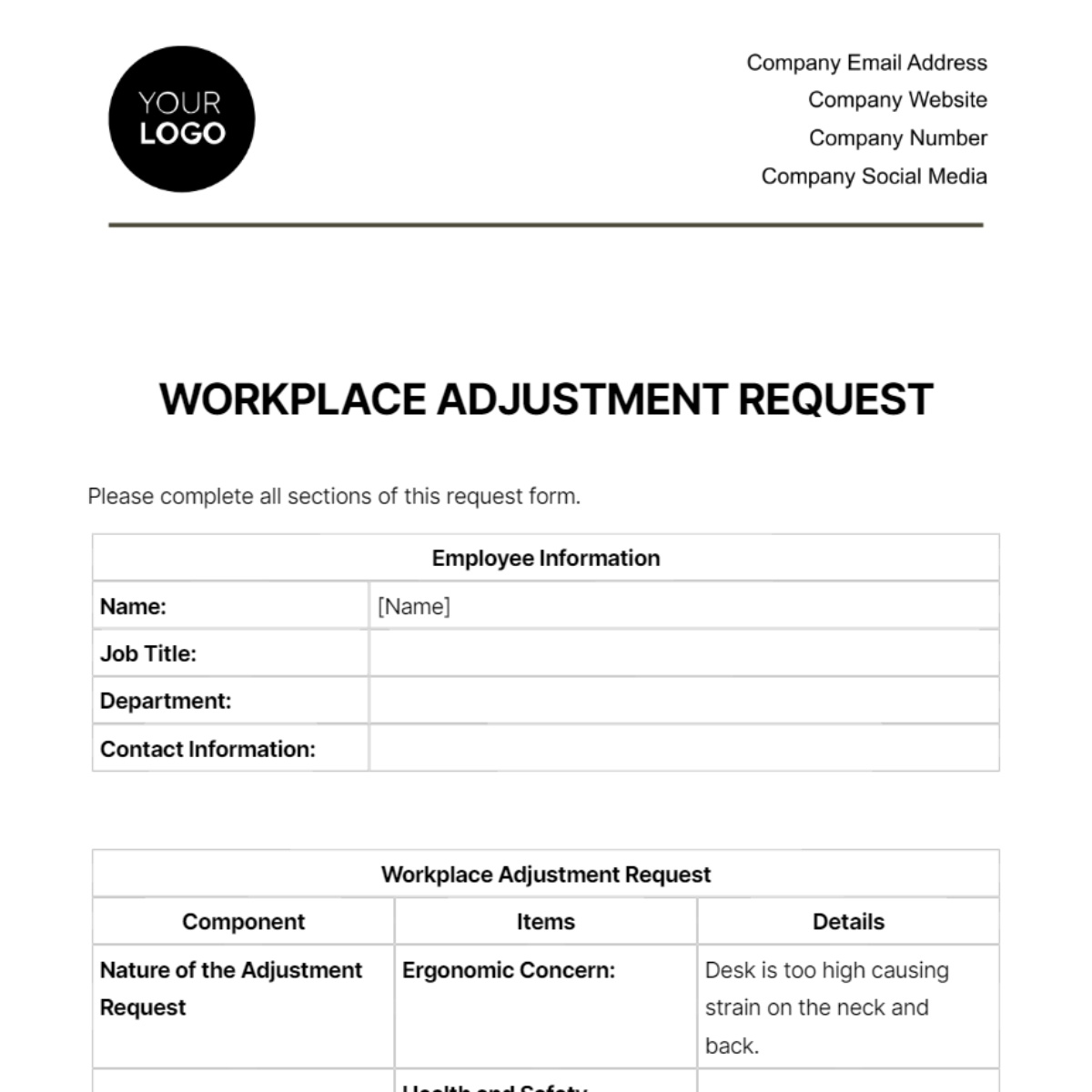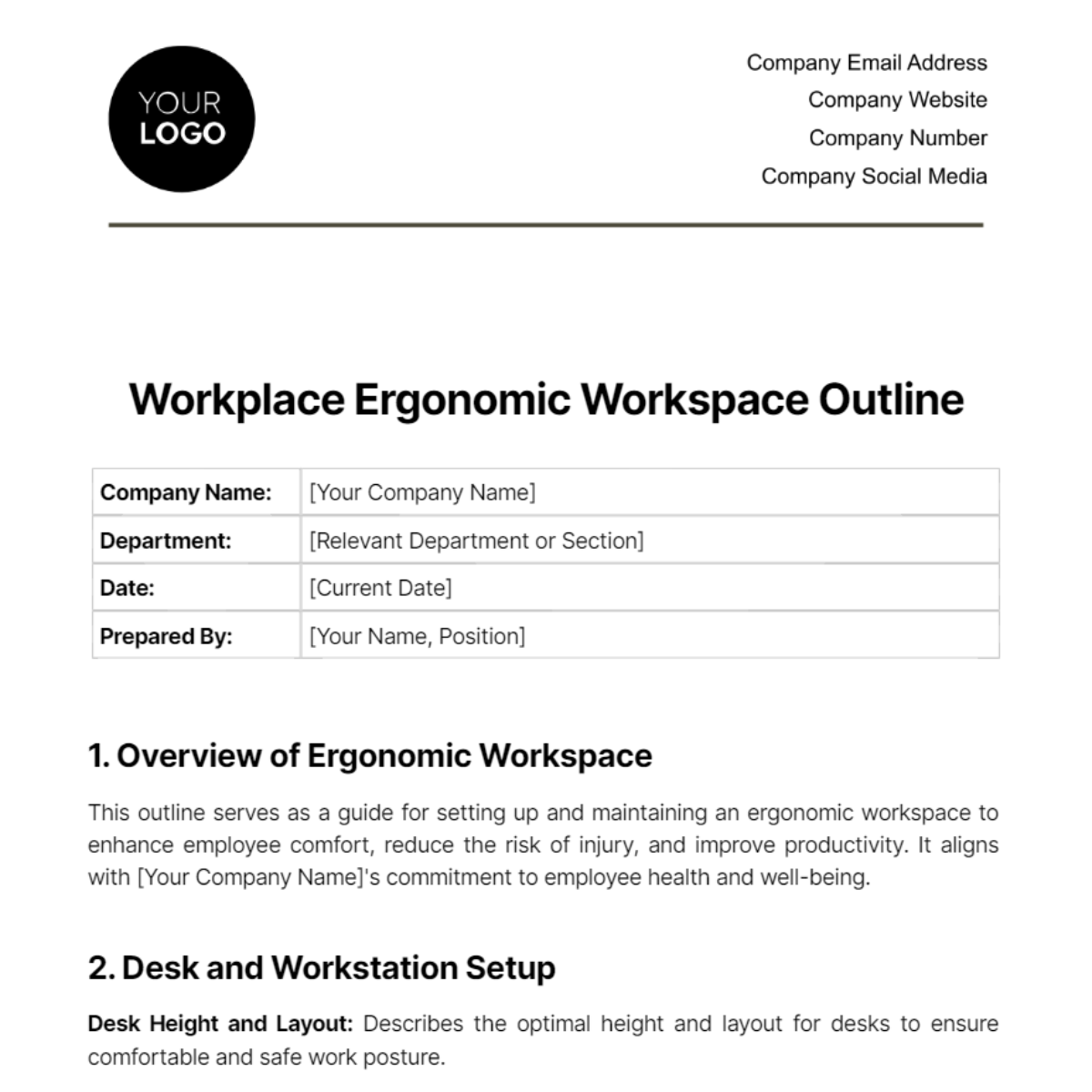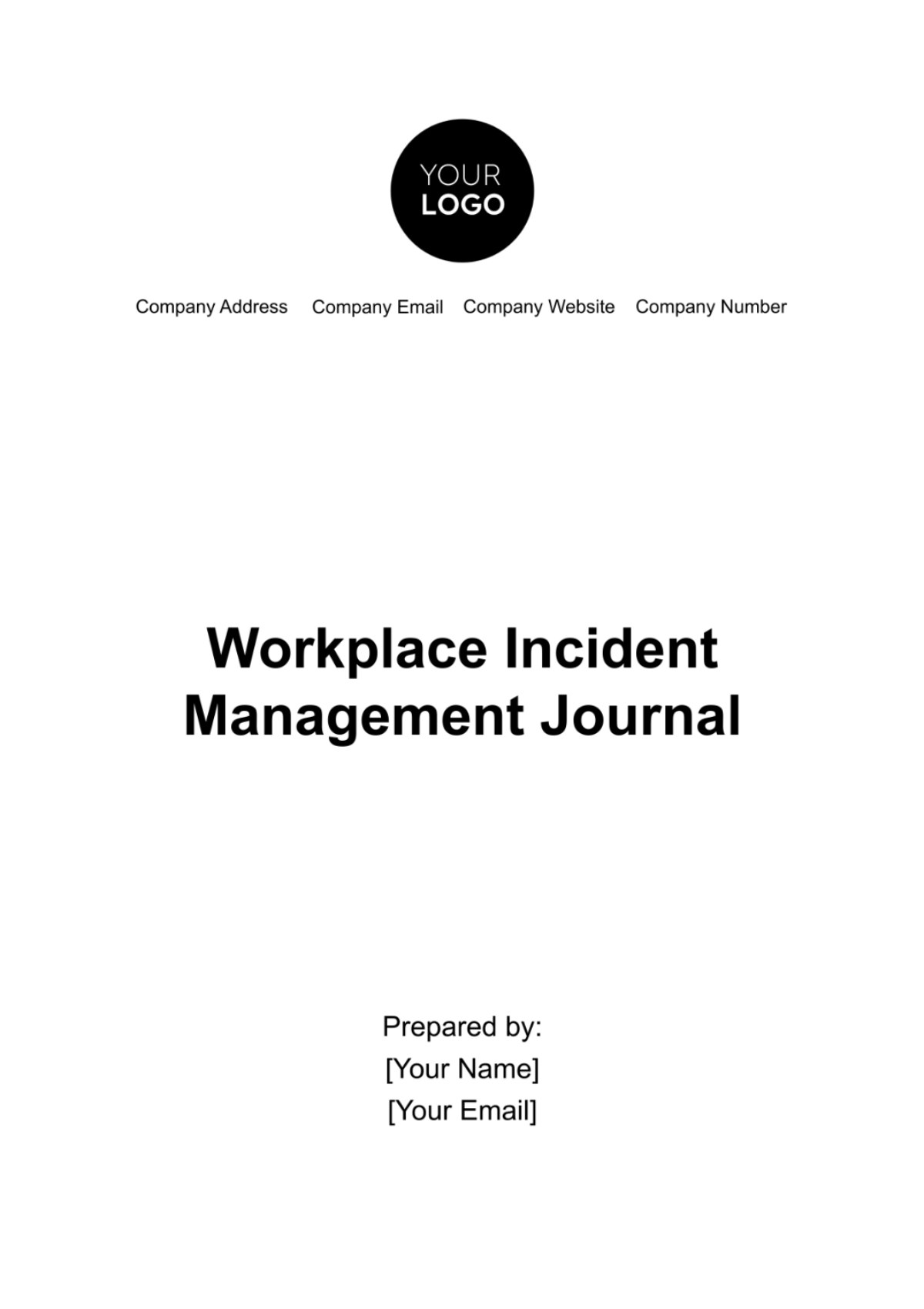Workplace Ergonomics Protocol Development
I. Introduction
As a forward-thinking organization, we are dedicated to fostering a work environment that prioritizes the health, safety, and comfort of our employees. Recognizing that a significant portion of our employees' lives is spent at their workstations, we understand the critical importance of ergonomic practices. Proper ergonomics not only helps in preventing work-related injuries and discomfort but also significantly boosts productivity and employee satisfaction. This document, therefore, serves as a meticulous and detailed guide, outlining our approach towards implementing, maintaining, and continually improving ergonomic practices in our workplace. Let this protocol be a testament to [Your Company Name]'s dedication to creating a workspace that is not only efficient and productive but also safe and comfortable for all employees.
II. Ergonomic Risk Assessment
a. Objective
The primary objective is to meticulously identify, analyze, and assess various ergonomic risks present in our work environment. These risks, if unaddressed, can lead to musculoskeletal disorders, reduced employee morale, and decreased productivity.
b. Procedure
Workstation Analysis: Each employee’s workstation will undergo a thorough evaluation, focusing on key ergonomic factors such as posture, the placement of computer monitors, keyboard and mouse positioning, and the suitability of chairs for proper lumbar support. This analysis will be conducted using a detailed checklist, ensuring that no aspect of the workstation ergonomics is overlooked.
Employee Feedback Collection: We value the insights and experiences of our employees. A comprehensive survey will be distributed to gather personal experiences, discomforts, or pain points related to their workstations. This survey will not only cover physical discomforts but also inquire about any work habits that may contribute to ergonomic issues.
Risk Scoring and Prioritization: Upon gathering the data, each identified risk will be scored based on its severity, frequency of occurrence, and the number of employees affected. This scoring system will help in prioritizing the risks and addressing the most critical ones first.
Documentation
Detailed Ergonomic Risk Assessment Reports will be compiled, showcasing the findings from the workstation analyses and employee feedback.
A summary of employee feedback will be prepared, highlighting key areas of concern and suggestions provided by the staff.
III. Ergonomic Solutions Implementation
The focus of this section is to develop and implement tailored ergonomic solutions that address the specific risks identified in the assessment phase. These solutions aim to reduce, if not entirely eliminate, ergonomic risks, thereby fostering a healthier and more comfortable working environment.
a. Strategies
Provision of Adjustable Furniture: A variety of adjustable chairs, desks, and monitor stands will be made available. These adjustable pieces of furniture will cater to employees of different heights and body types, ensuring that everyone can achieve an ergonomically sound workstation setup.
Supply of Ergonomic Accessories: Specialized ergonomic accessories like keyboards, mice, footrests, and document holders will be provided. These accessories are designed to reduce strain on the hands, wrists, and eyes, and to promote a more natural and comfortable working posture.
Optimization of Workstation Layouts: The layout of each workstation will be re-evaluated and reorganized to minimize unnecessary physical exertion. This includes the strategic placement of frequently used items within easy reach, reducing the need for repetitive stretching or bending.
b. Follow-up and Adjustment Process
Regular follow-up evaluations will be scheduled to ensure the effectiveness of the implemented solutions.
Adjustments and enhancements to the solutions will be made based on employee feedback and subsequent assessments.
IV. Employee Training and Awareness
Educating and raising awareness among our employees about the principles of ergonomics is vital. This training aims to empower employees to make informed decisions about their workstation setups and work habits.
Training Modules
Ergonomic Best Practices | This module will cover essential topics such as correct sitting posture, optimal positioning of computer screens, and the proper use of ergonomic equipment. Interactive sessions will be conducted where employees can practice setting up their workstations under expert guidance. |
Stretching and Breaks | Employees will be educated on the importance of taking regular breaks and performing simple stretching exercises to relieve muscle tension. This module will include live demonstrations and a distribution of illustrated guides for reference. |
Reporting and Feedback Mechanisms | A clear and straightforward procedure will be established for employees to report any ergonomic issues or discomforts. This module will ensure that all employees are aware of how to effectively communicate their concerns to the relevant department. |
b. Training Schedule and Reinforcement
Quarterly interactive training sessions will be conducted, with mandatory attendance for all employees.
New employee orientation will include a comprehensive introduction to our ergonomic practices.
Refresher courses will be available online for employees to revisit the training material at their convenience.
V. Ergonomic Policy Review and Update
To ensure that our ergonomic policy remains dynamic, relevant, and effective in addressing the evolving needs of our workplace and workforce.
a. Review Process
Annual Policy Review: A team of ergonomic experts, along with representatives from various departments, will conduct an annual review of the ergonomic policy. This review will consider new ergonomic research, technological advancements in ergonomic equipment, and feedback from employees.
Incorporation of Employee Feedback: Employee feedback is invaluable in the continuous improvement of our ergonomic practices. Suggestions and concerns raised by employees will be a key factor in updating the policy.
Alignment with Industry Best Practices: Our policy will be benchmarked against industry standards and best practices in ergonomics. This ensures that our employees benefit from the most effective and scientifically backed ergonomic practices.
b. Documentation
The Ergonomic Policy Document will be updated to reflect any changes or enhancements made following the review.
A comprehensive log of all reviews, updates, and changes made to the policy will be maintained for transparency and record-keeping.
VI. Monitoring and Reporting
Continuous monitoring of ergonomic interventions and the maintenance of comprehensive records regarding ergonomic issues and improvements within the workplace is an integral part of the whole process.
a. Monitoring Techniques
Regular Workstation Reassessments: Workstations will be periodically reassessed to ensure ongoing compliance with ergonomic standards. These reassessments will also serve to identify any new risks that may have emerged.
Health and Wellness Surveys: In addition to ergonomic-focused surveys, broader health and wellness surveys will be conducted. These surveys will help in understanding the overall impact of ergonomic interventions on employee health and well-being.
b. Reporting Structure
A detailed Monthly Ergonomic Report will be prepared and presented to the management team, outlining the status of ergonomic practices, issues identified, and actions taken.
An Annual Ergonomic Program Performance Review will be conducted to evaluate the effectiveness of the entire ergonomic program, identifying areas of success and opportunities for improvement.
VII. Appendices
a. Appendix A: Ergonomic Assessment Checklist
A comprehensive checklist will be included, covering all aspects of workstation ergonomics. This checklist will be a vital tool in the initial and subsequent assessments of workstations.
b. Appendix B: Ergonomic Solutions Catalog
A detailed catalog of approved ergonomic furniture and accessories will be provided. This catalog will include specifications, usage guidelines, and sourcing information for each item.
c. Appendix C: Employee Training Materials
Copies of handouts, presentation slides, and other materials used during ergonomic training sessions will be available for employee reference.
d. Appendix D: Reporting Forms
Standardized forms for reporting ergonomic issues, suggestions, and feedback will be included. These forms will facilitate efficient and effective communication between employees and the ergonomic management team.
VIII. Conclusion
This Workplace Ergonomics Protocol at [Your Company Name] represents a comprehensive and dynamic approach to ensuring a safe, comfortable, and productive work environment for our employees. Through detailed assessments, tailored solutions, continuous education, and policy evolution, we are committed to upholding the highest standards of workplace ergonomics.
